
One of the world’s leading publishers of printed classical and educational music.

William Walton Catalogue
- Text
- Walton
Nos. 1–3 Date of
Nos. 1–3 Date of composition: July 1918 Holograph: Beinecke: GEN MSS 601 (FRKF 1334, 1333, 1351) Duration: 3 minutes each First performance: unable to trace First modern performance: Darlington, Liddiard Theatre, 9 April 1992; Teresa Troiani and Eileen Bown First European performance: Ulm, Germany, Ulmer Theater, 20 May 2001; Jeremy Huw Williams and Thomas Mandl Bibliography: British Music Society Newsletter, No. 54 (June 1992), 8 (D. Strong) 4. The Winds Holograph: whereabouts unknown Duration: 2 minutes First private performance: unable to trace. A copy of the vocal score is inscribed by Walton to Edith Sitwell’s companion, Helen Rootham, ‘who first sang this song’ (WW archive). Stephen Tennant (the dedicatee of Walton’s Siesta) told the present author (letter dated 10 June 1975, Craggs archive) that it was most probably given at 34 Queen Anne’s Gate, London, the home of his mother, Lady Pamela Glenconner. First public performance: London, Aeolian Hall, 14 December 1921; Dorothy Moulton and unknown pianist Other early performances: London, Aeolian Hall, 30 October 1929; Odette de Foras and Gordon Bryan • London, Grotrian Hall, 19 May 1932; Rose Morse and Graham Carritt Publication: Curwen, 1921 (CE 2217) at 2s; reprinted OUP, 1985 (Oxford Solo Songs Series), at £1.95 Recordings: Yvonne Kenny and Malcolm Martineau. Etcetera KTC 1140 (1992) • John Mark Ainsley and Hamish Milne. Chandos CHAN 9292 (1994); CHAN 9426 (1995) • Felicity Lott / Martyn Hill and Graham Johnson. Collins 14932(1997); Naxos 8.557112 (2002) Nos. 1–4 Publication: Alan Cuckston, ed., Four Early Songs, OUP, 2002 • WWE vol. 8, pp. 8–17 Bibliography: Steuart Bedford, WWE vol. 8 • Alan Cuckston, ‘The Songs’, CraggsML, pp. 5–7 • DT, 25 May C7 Quartet for Piano and Strings 3 1989, p. 20 (A. Blyth); MT 70 (December 1929), 1124–5 (E. Blom); Times, 1 Nov 1929, p. 14 C7 Str i n g s Qu a r t e t fo r Pi a n o an d 1. Allegramente; 2. Allegro scherzando; 3. Andante tranquillo; 4. Allegro molto Date of composition: 1918–21 (though the published score, Stainer & Bell, 1924, is dated ‘Oxford 1918–1919’ at the foot of p. 74) Holograph: whereabouts unknown. The original version was lost somewhere in the post between Italy and London for two years. When it resurfaced in 1921, Walton revised parts of it and rewrote most of the last movement several times. It was published under the Carnegie United Kingdom Trust, the adjudicators being Sir Hugh Allen, Ralph Vaughan Williams, and Sir Henry Hadow, who described it as a work of ‘real achievement’. Dedication: To the Right Rev. Thomas Banks Strong, Bishop of Ripon Duration: 29 minutes First performance: Liverpool, Rushworth Hall, 19 September 1924 (broadcast on BBC radio); members of the McCullagh String Quartet: Isabel McCullagh, Helen Rawdon Briggs, Mary McCullagh, with J. E. Wallace (piano). The radio programme also included two other British works published under the Carnegie Scheme, by George Dyson and Ivor Gurney. First public performance: Liverpool, Rushworth Hall, 30 October 1924; members of the McCullagh String Quartet and J. E. Wallace First London performance: Aeolian Hall, 30 October 1929; Pierre Tas, James Lockyer, John Gabalfa, and Gordon Bryan Publication: score and parts: Stainer & Bell (1924) at 9s Bibliography: BM Bull 6 (1924), 179; MO 53 (1929), 230; MT 65 (1924), 1127–8 (E. Blom); 70 (1929), 1124–9 (E. Blom); RT, 12 September 1924, p. 498 (P. A. Scholes); Times, 1 Nov 1929, p. 14; 16 Nov 1936, p. 20; 5 April 1938, p. 14 Recordings: Reginald Paul Piano Quartet. Decca AX 238/41 (1939) • Robert Masters Piano Quartet with Ronald Kinloch Anderson (piano). Argo RG 48 (1955) For perusal purposes only
4 C8 Tritons Note: According to Anderson (1911–84), further revisions were made to the work before it was recorded by the Robert Masters Quartet. He wrote: We took up Walton’s Piano Quartet shortly after the [Second World] war . . . at which time it probably hadn’t been heard for many years. In the early 1950s we recorded it for Argo [RG 48, recorded November 1954, released June 1955] . . . and either then or when we were preparing it for our first performance of it, I got in touch with Walton to ask his advice about certain things. I had found in working at the piano part that a few bits were virtually unplayable. . . . He was characteristically helpful when I asked him if he would agree to some alterations of a purely practical nature and we had one or two long and interesting conversations (mainly on the telephone as far as I can remember) about it and we had a grand singing match with each other getting it straight. He left me to rearrange the piano part of these bars in the slow movement so that the accompanying figures would continue in the piano without playing the melody now taken over by the cello. There were numerous other small alterations (entirely to the piano part as far as I can remember) to which he agreed and left me to work them out for myself. In this version we played the work many times, broadcast it and recorded it. At this time I remember being astonished that he should still remember so exactly a work which he had written more than 30 years before. (Letter to the present author, dated 23 March 1976; Craggs archive) Revised version When OUP obtained the copyright from Stainer and Bell in the early 1970s, Ronald Kinloch Anderson was contacted by Alan Frank, Head of Music at OUP, who was anxious to bring out a new edition that included the alterations to which Walton had previously agreed; all these were subsequently incorporated into the new score between 1974 and 1975. The composer also made further minor alterations, mostly consisting of textual simplifications, some extra doubling, revised dynamics, and improvements to the layout of the piano part. Walton used a printed copy of the first edition for his revisions, which is now in the OUP archive. According to the OUP editor Robin Langley, ‘Walton ... himself gave no reason for revising this work, and there were several hands in the pudding before he himself went through the corrections, making further of his own. A likely reason, however, would be the performance with André Previn playing the piano part at the Aldeburgh Festival about three years ago’ (letter to the present author dated 5 March 1976, Craggs archive). This performance took place on 30 June 1973 at the Maltings, Snape, but although Previn was to have played that day, he was ill and the pianist was Howard Shelley, with Kenneth Sillito (violin), Cecil Aronowitz (viola), and Charles Tunnell (cello). First performance: London, Wigmore Hall, 13 July 1982; Bochman String Quartet and Roger Steptoe (piano) First broadcast performance: Bristol, BBC Studios, 19 November 1982; Tunnell Piano Quartet Publication: score and parts: OUP, 1976 at £5 • WWE vol. 19, pp. 1–68; score and parts offprinted OUP, 2009 Bibliography: Hugh Macdonald, WWE vol. 19 Recordings: English Piano Quartet and John McCabe. Meridian CDE 84139 (1987) • Kenneth Sillito, Robert Smissen, Stephen Orton, and Hamish Milne. Chandos CHAN 8999 (1991); CHAN 9426 (1995) • Janice Graham, Paul Silverthorne, Murray Walsh, and Israela Margalit. EMI 5 55404 2 (1996); EMI Collector’s Edition 4 40866 2 (2012) • Maggini String Quartet and Peter Donohoe. Naxos 8.554646 (2000) Nash Ensemble and Ian Brown: Hyperion CDA 67340 (2002) C8 Tr i t o n s song for voice and piano Text: William Drummond (1585–1649) Date of composition: 1920 Holograph: Beinecke: GEN MSS 601 (FRKF 589) Duration: 2 minutes First private performance: unable to trace. A copy of the published vocal score is inscribed by Walton to Helen Rootham ‘To Helen with love from William 18/12/20’ (WW archive). First public performance: London, Aeolian Hall, 30 October 1929; Odette de Foras and Gordon Bryan Publication: Curwen, 1921 (CE 2239) at 2s; reprinted OUP, 1985 (Oxford Solo Songs Series) at £1.95 • WWE vol. 8, pp. 18–19 Bibliography: Steuart Bedford, WWE vol. 8 • Alan Cuckston, ‘The Songs’, CraggsML, pp. 8–9 • MT 70 (1929), 1124–5 (E. Blom) Recordings: Yvonne Kenny and Malcolm Martineau. Etcetera KTC 1140 (1992) • John Mark Ainsley and Hamish Milne. Chandos CHAN 9292 (1994); CHAN 9426 (1995) • Felicity Lott / Martyn Hill and Graham Johnson. Collins 14932(1997); Naxos 8.557112 (2002) For perusal purposes only
- Page 2 and 3: General Editor: DAVID LLOYD-JONES C
- Page 4 and 5: CONTENTS Introduction - James Brook
- Page 6 and 7: Anyone taking this volume down from
- Page 8 and 9: ORGANIZATION OF THE CATALOGUE This
- Page 10 and 11: WILLIAM WALTON EDITION General Edit
- Page 12 and 13: ACKNOWLEDGEMENTS I am deeply indebt
- Page 14 and 15: Bibliographical abbreviations Add.M
- Page 16 and 17: SELECTIVE CHRONOLOGY 1866 11 Oct Lo
- Page 18 and 19: SELECTIVE CHRONOLOGY xix 1943 Feb o
- Page 20 and 21: SELECTIVE CHRONOLOGY xxi Nov Sympho
- Page 22 and 23: facsimiles For perusal purposes onl
- Page 24 and 25: facsimiles xxv For perusal purposes
- Page 26 and 27: facsimiles xxvii For perusal purpos
- Page 28 and 29: facsimiles xxix For perusal purpose
- Page 30 and 31: facsimiles xxxi For perusal purpose
- Page 32 and 33: facsimiles xxxiii For perusal purpo
- Page 34 and 35: List OF MAIN TITLES xxxv Romeo and
- Page 36 and 37: the catalogue For perusal purposes
- Page 38 and 39: C1 A Li t a n y partsong in four pa
- Page 42 and 43: C9 Th e Pa s s i o n a t e Sh e p h
- Page 44 and 45: 16. Valse (‘Daisy and Lily’) Th
- Page 46 and 47: Passengers Only: A Social Tragedy i
- Page 48 and 49: Eskdale (tpt), Willem de Mont (vc),
- Page 50 and 51: Façade 2: A Further Entertainment
- Page 52 and 53: First performance: 24 January 1922
- Page 54 and 55: C12g Ballet in One Act (Based on th
- Page 56 and 57: 1. Tango-Pasodoblé 2. Swiss Jodell
- Page 58 and 59: C13 To c c a t a C14 Fantasia Conce
- Page 60 and 61: C17 PORTSMOUTH POINT 23 Date of com
- Page 62 and 63: C18 Ro m e o an d Ju l i e t Ballet
- Page 64 and 65: C21 Si n f o n i a Co n c e r t a n
- Page 66 and 67: C22 Concerto for Viola and Orchestr
- Page 68 and 69: First performance: London, Royal Fe
- Page 70 and 71: From 17 April to 23 August 1948, I
- Page 72 and 73: Other early performances: London, S
- Page 74 and 75: C28 Es c a p e Me Ne v e r music fo
- Page 76 and 77: Faber, 1996), 187-8 • David Vaugh
- Page 78 and 79: OCB 299-2 Cue 21-22 [David playing
- Page 80 and 81: C32 Dr e a m i n g Li p s music for
- Page 82 and 83: Duration: 7 minutes Instrumentation
- Page 84 and 85: First London performance: Queen’s
- Page 86 and 87: C37 Concerto for Violin and Orchest
- Page 88 and 89: C37 Concerto for Violin and Orchest
- Page 90 and 91:
Publication: WWE vol. 3, pp. 1-99 (
- Page 92 and 93:
(b) Incidental music for Uncle Harr
- Page 94 and 95:
minute Galop (the right title under
- Page 96 and 97:
of the shelter to meeting; Barbara
- Page 98 and 99:
Division at this point, after he ha
- Page 100 and 101:
y John Burrell. Broadcast on 7 Octo
- Page 102 and 103:
Houldsworth Hall, 24 May 1943 (spec
- Page 104 and 105:
Other versions C46a Christopher Col
- Page 106 and 107:
A copy is also in the National Soun
- Page 108 and 109:
of added brass, percussion and pian
- Page 110 and 111:
First USA showings: Boston, Esquire
- Page 112 and 113:
C50 Henry V 75 C50g Passacaglia:
- Page 114 and 115:
1946, p .4; 26 April 1946, p. 16; T
- Page 116 and 117:
duel; Entry of the court (with fanf
- Page 118 and 119:
Dedication: To Diana and Griselda [
- Page 120 and 121:
y the BBC on television and radio);
- Page 122 and 123:
expressed a strong wish to dedicate
- Page 124 and 125:
Principals: Calkas, High Priest of
- Page 126 and 127:
(D. Drew); Opera 14 (June 1963), 41
- Page 128 and 129:
Bibliography: Opera Canada 49 (Sept
- Page 130 and 131:
C63b A Shakespeare Suite from Richa
- Page 132 and 133:
C65 C65 Concerto for Violoncello an
- Page 134 and 135:
C68 Symphony No. 2 97 Commissioned
- Page 136 and 137:
Bibliography: David Lloyd-Jones, WW
- Page 138 and 139:
Recordings: CD Bach Choir / David W
- Page 140 and 141:
C76 Variations on a Theme by Hindem
- Page 142 and 143:
Holograph: Beinecke: GEN MSS 601 (F
- Page 144 and 145:
Dedication: To André Kostelanetz.
- Page 146 and 147:
C82 Improvisations on an Impromptu
- Page 148 and 149:
C86 Five Bagatelles 111 This work w
- Page 150 and 151:
C89 Anniversary Fanfare 113 Recordi
- Page 152 and 153:
C93 Roaring Fanfare 115 with Ian Fo
- Page 154 and 155:
C99 A Birthday Fanfare 117 Publicat
- Page 156 and 157:
GENERAl bibliography Anson, H. ‘T
- Page 158 and 159:
Foss, H. J. ‘William Walton’, H
- Page 160 and 161:
Kennedy, M. ‘Walton’s Isle Full
- Page 162 and 163:
Riley, M., ed., British Music and M
- Page 164 and 165:
personalia ABERCONWAY, Lady Christa
- Page 166 and 167:
and 1930s. Commissioned Walton for
- Page 168 and 169:
which he founded in 1946. Married t
- Page 170 and 171:
Irish Academy of Music. Both the Sa
- Page 172 and 173:
Orb and Sceptre Arr. for military b
- Page 174 and 175:
First Shoot, The Arr. for orchestra
- Page 176 and 177:
INDEX OF AUTHORS OF TEXTS Arnold, M
- Page 178 and 179:
Lord, now lettest thou thy servant
- Page 180 and 181:
Mayer, (Lady) Dorothy Moulton Canti
- Page 182 and 183:
Bantock, (Sir) Granville 34 Barber,
- Page 184 and 185:
Cathedral Church of Christ Church,
- Page 186 and 187:
Elms, Simon 117 Emery, Terence 13 E
- Page 188 and 189:
Hastings, Municipal Orchestra 44 Ha
- Page 190 and 191:
Laurence Olivier Memorial Service (
- Page 192 and 193:
Nabokov, Vladimir 107 Naismith, Nor
- Page 194 and 195:
Rosen, Carole 48, 66 Rosenstock, Jo
- Page 196 and 197:
Tate, Ohyiils 129 Tausky, Vilem 11,
- Page 198 and 199:
Wymark, Patrick 107 Wyndham Lewis,
- Page 200 and 201:
allet choreographed by Lindsay Kemp
- Page 202:
Sonata for String Orchestra (Quarte
Inappropriate
Loading...
Mail this publication
Loading...
Embed
Loading...
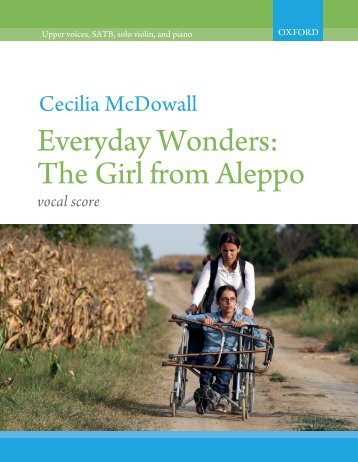

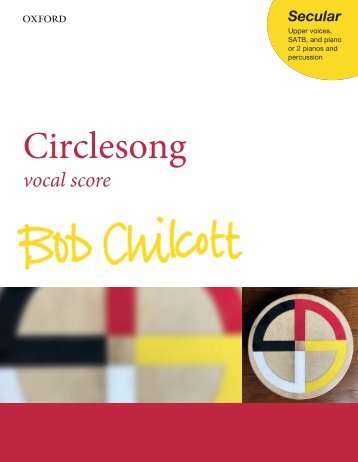
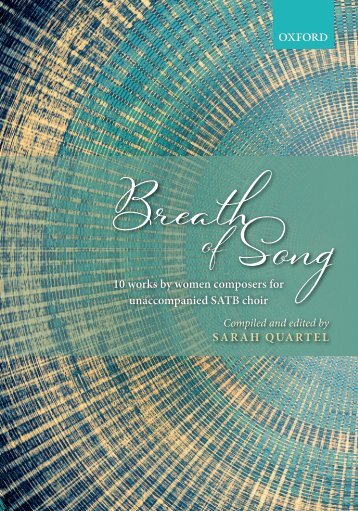
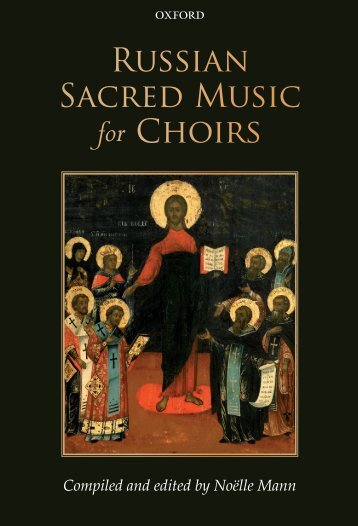

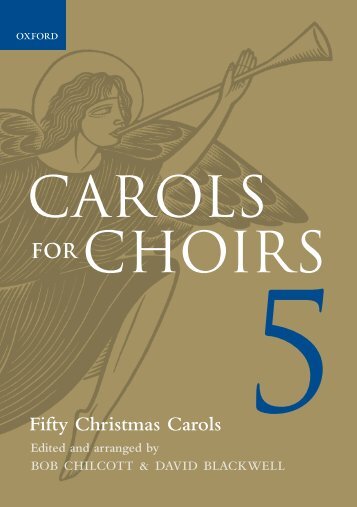

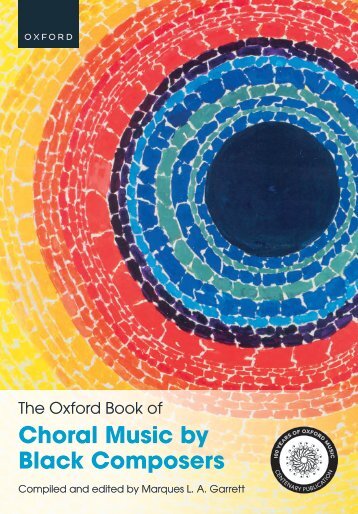
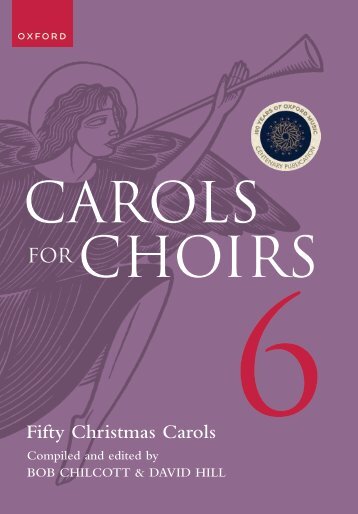

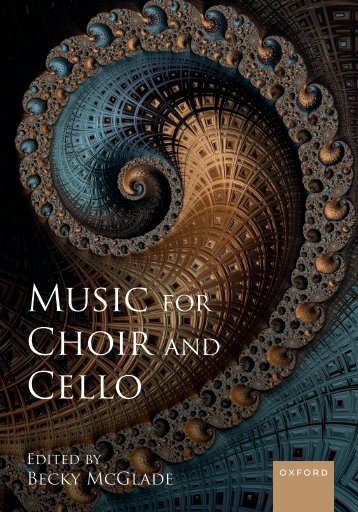

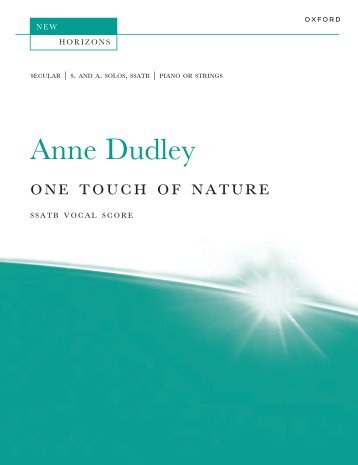

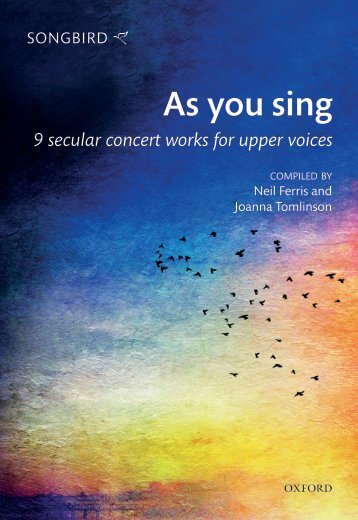
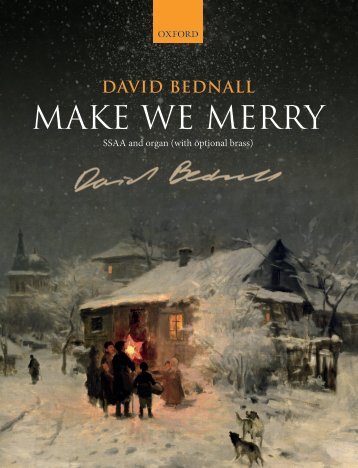
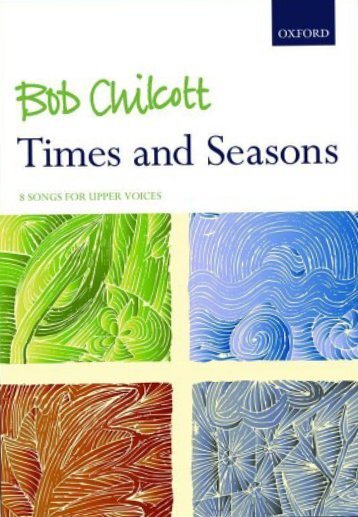


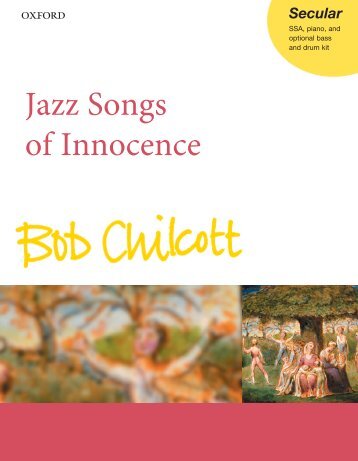
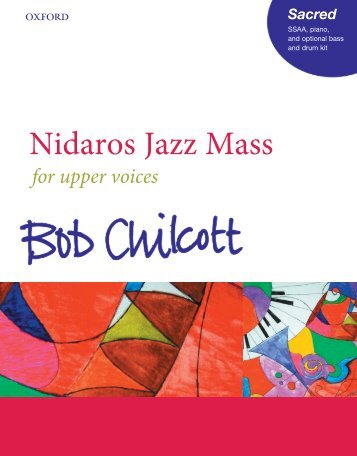
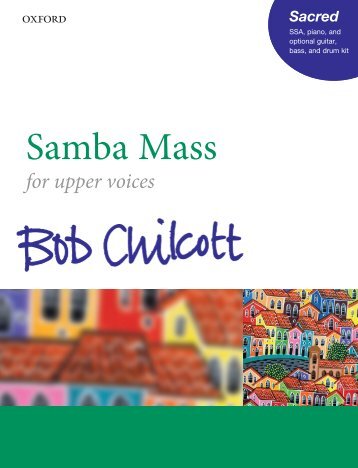


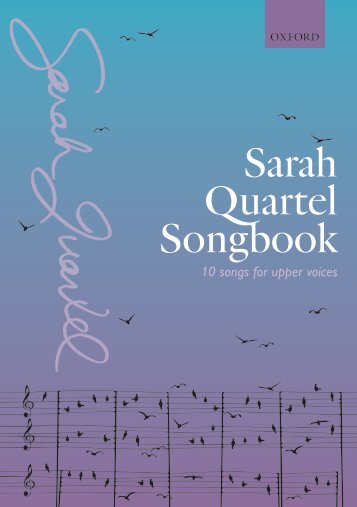
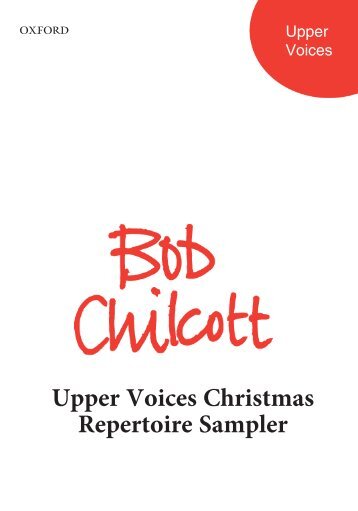

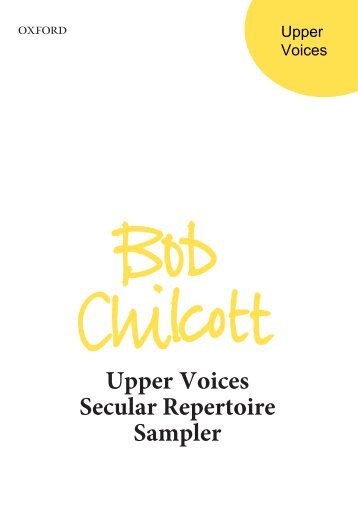

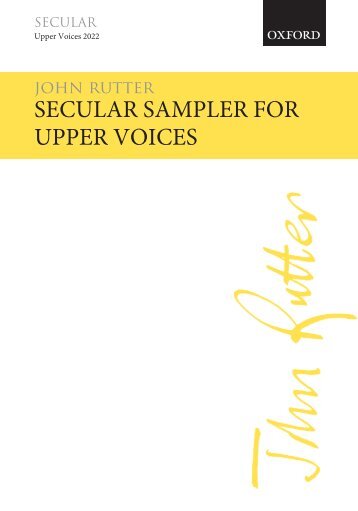
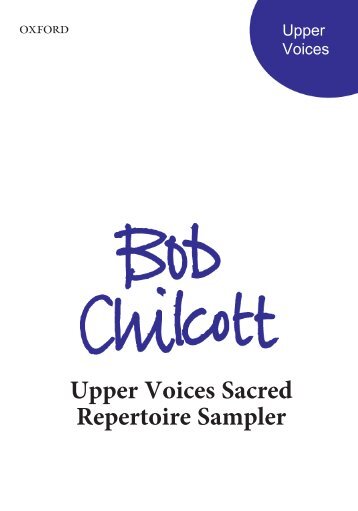


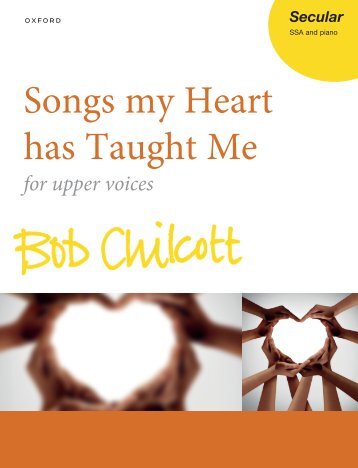
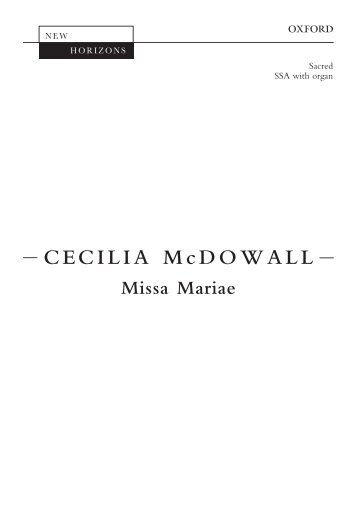
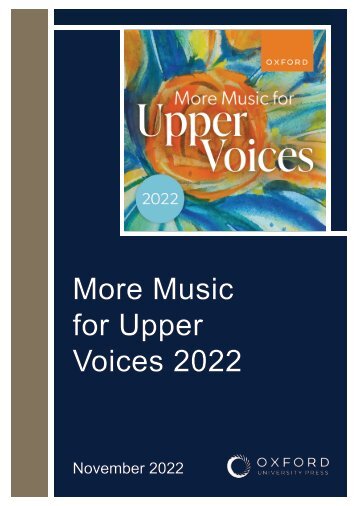
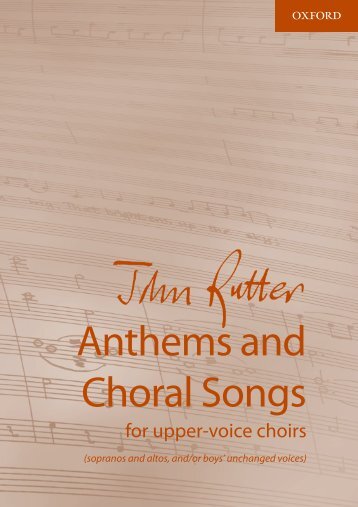

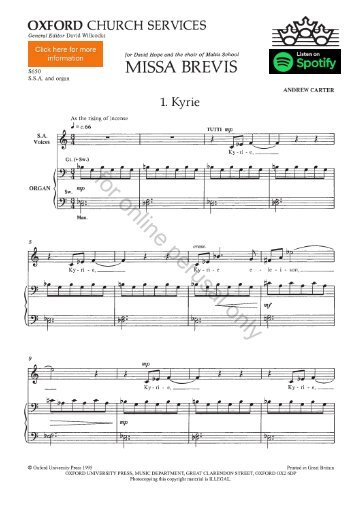
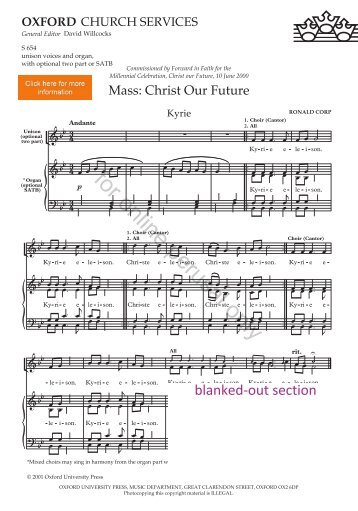
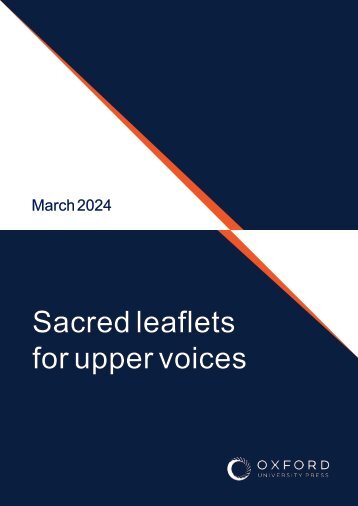
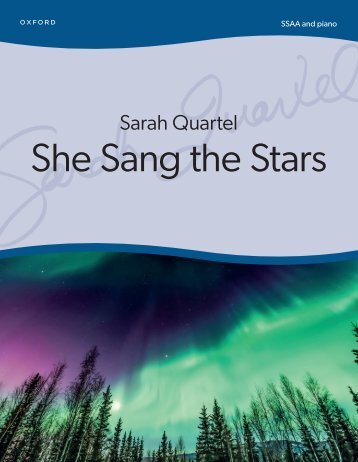

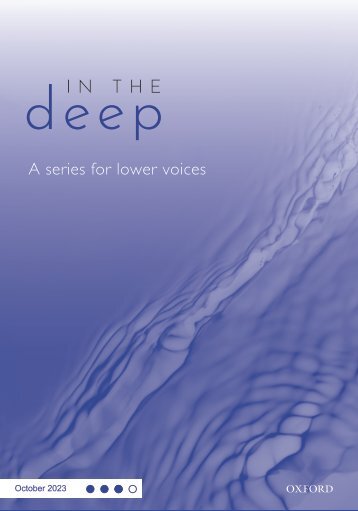
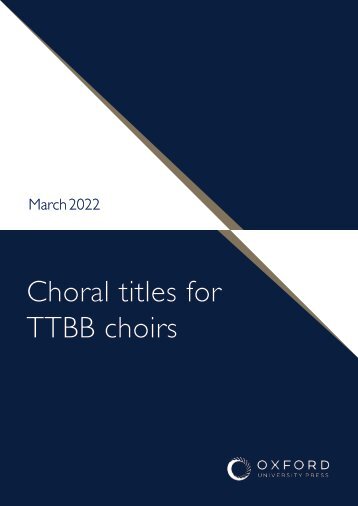
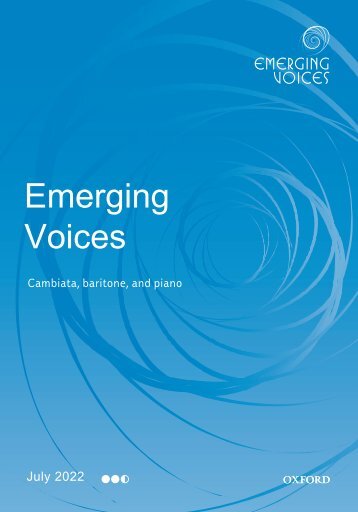
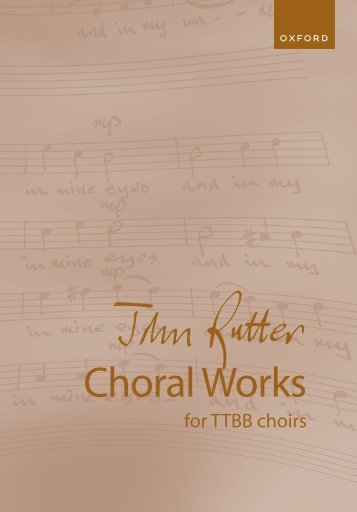
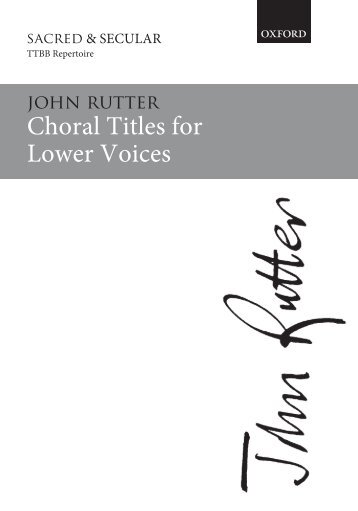
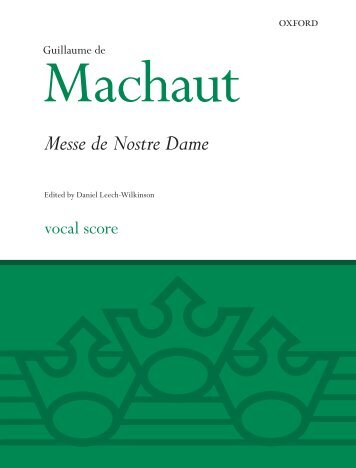
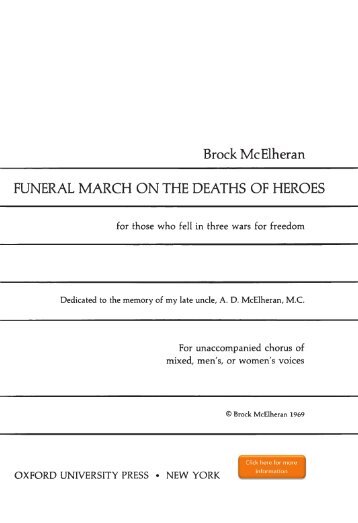

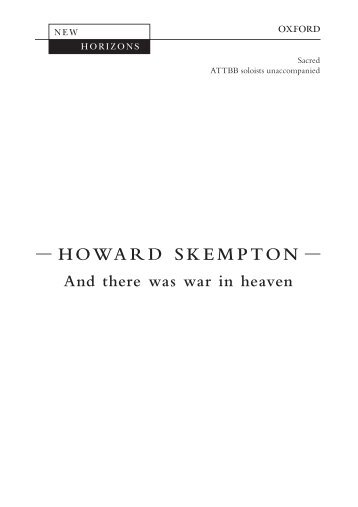
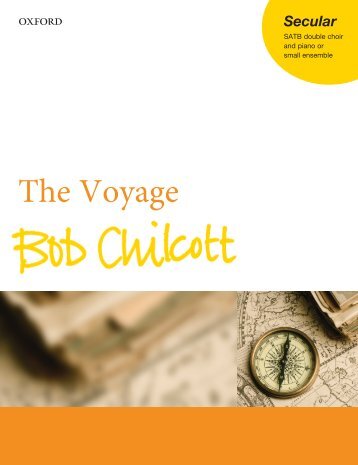
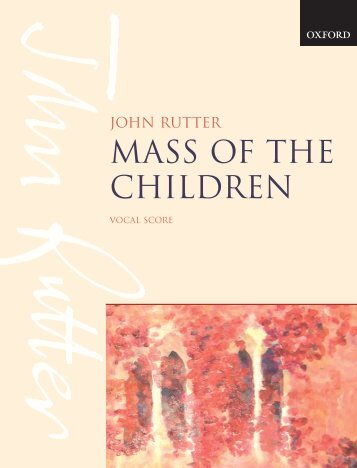
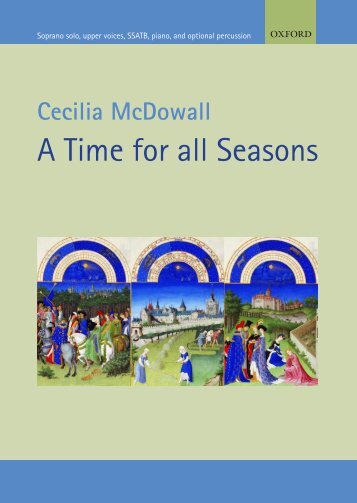
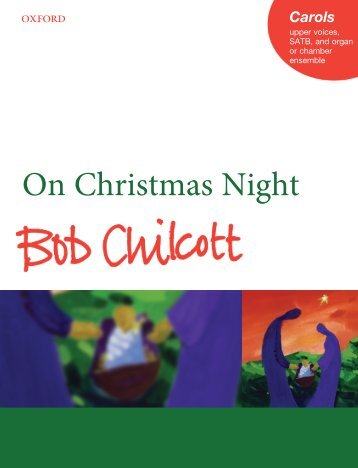
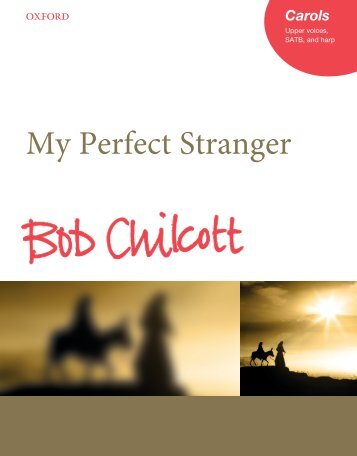
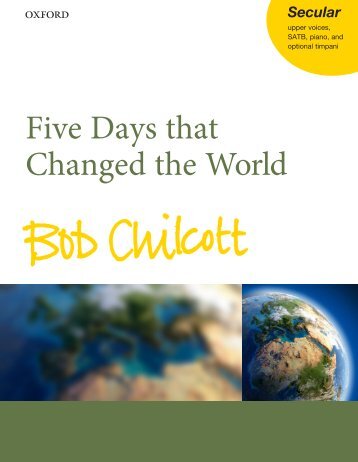
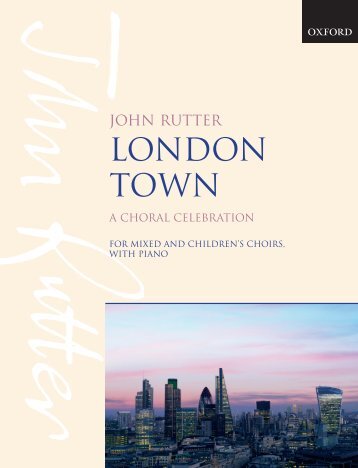

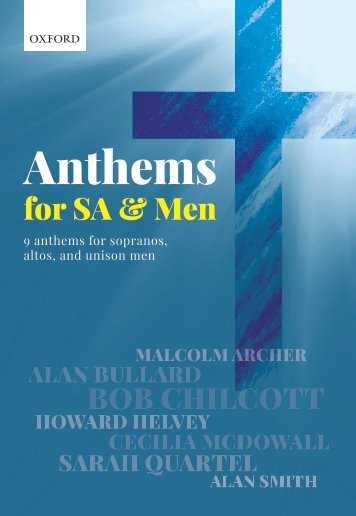
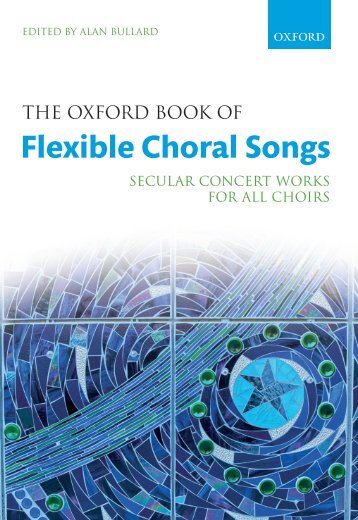
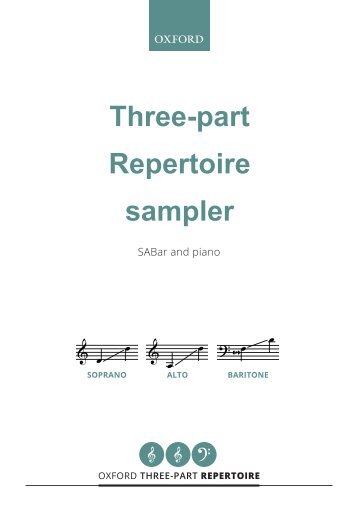

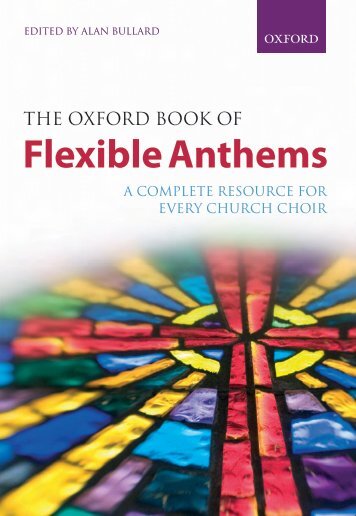


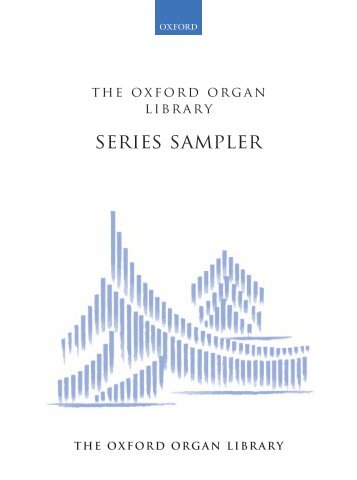
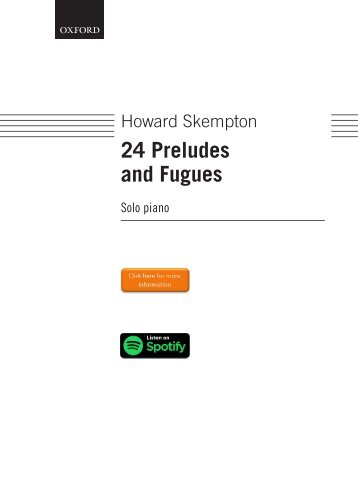
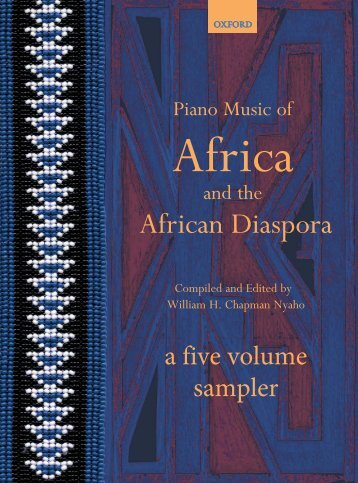
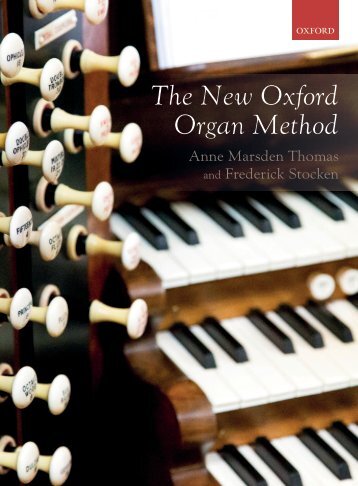
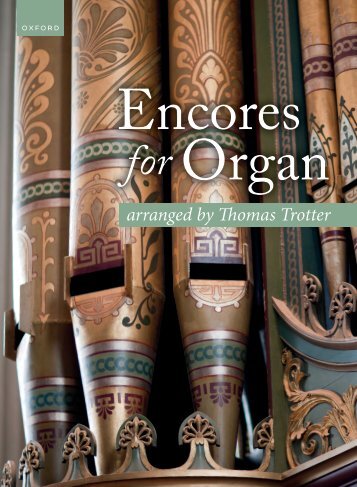


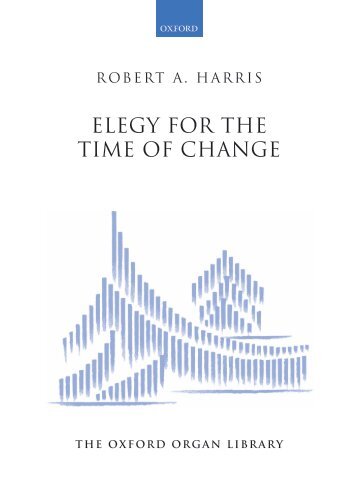


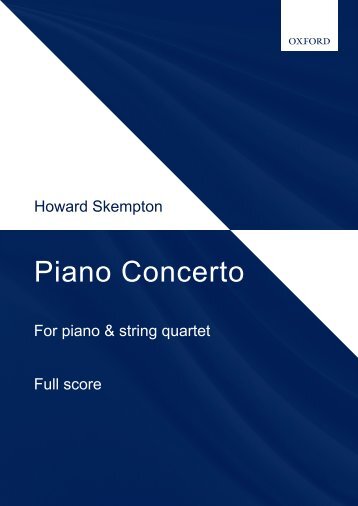
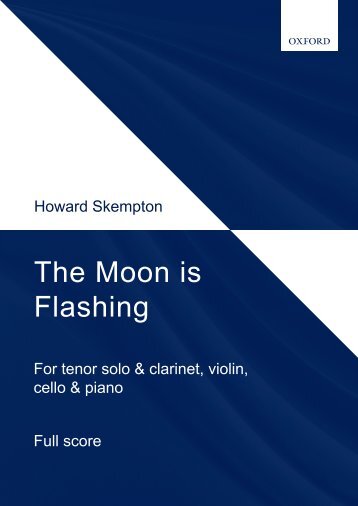
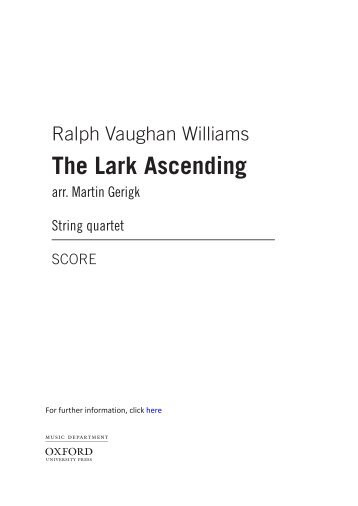
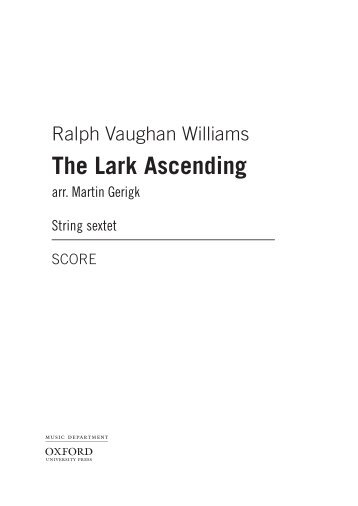
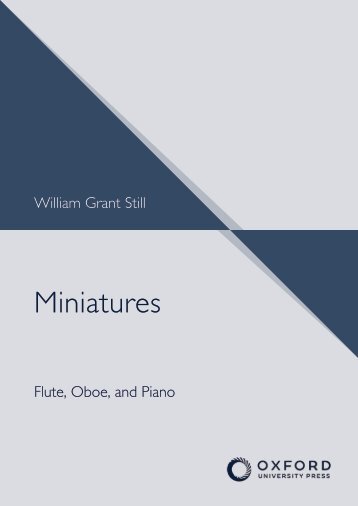
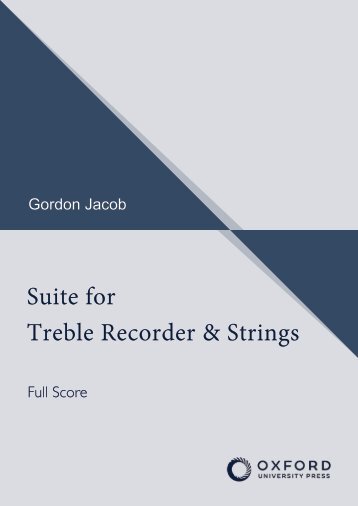
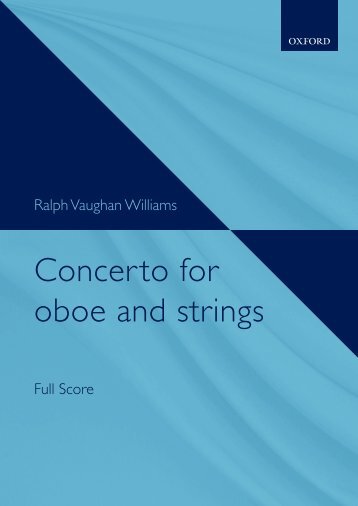
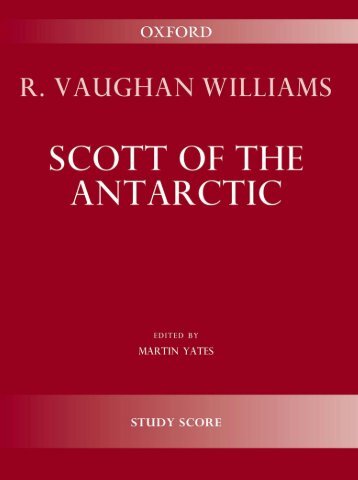
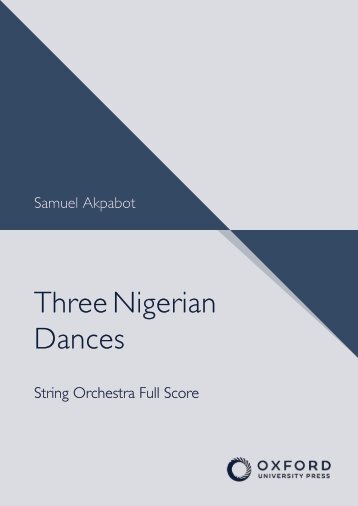


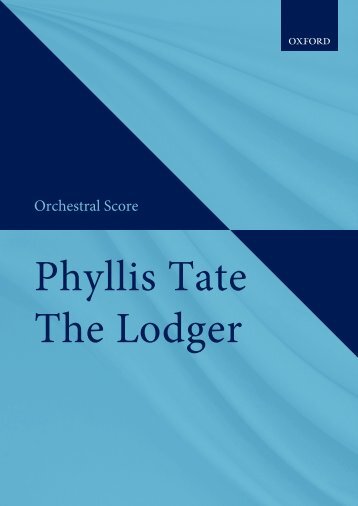

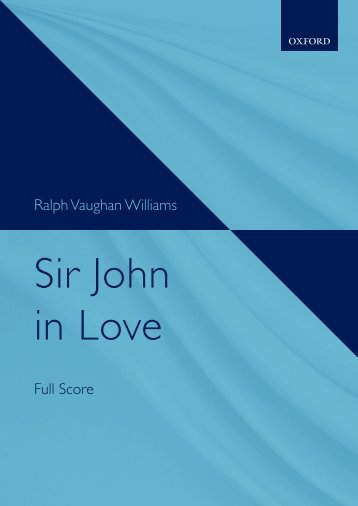


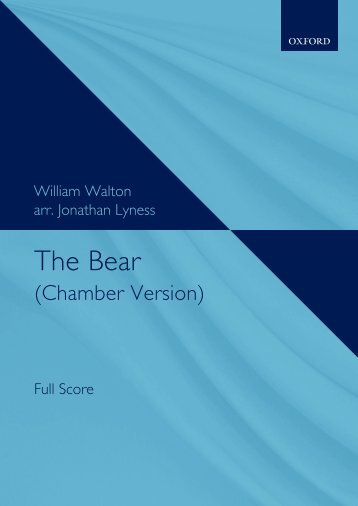

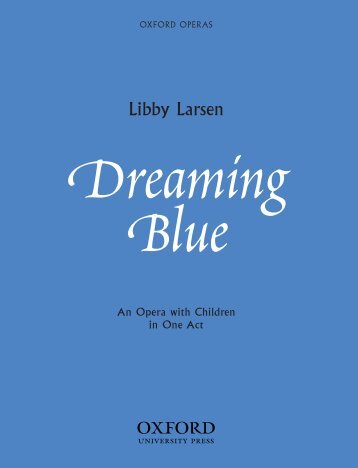
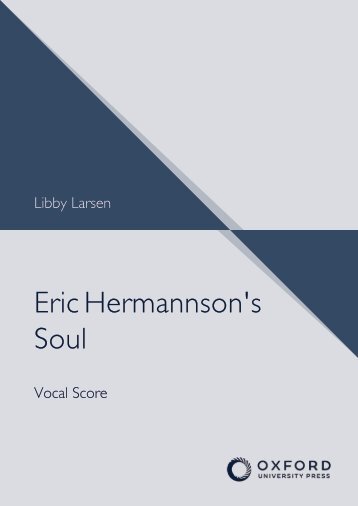
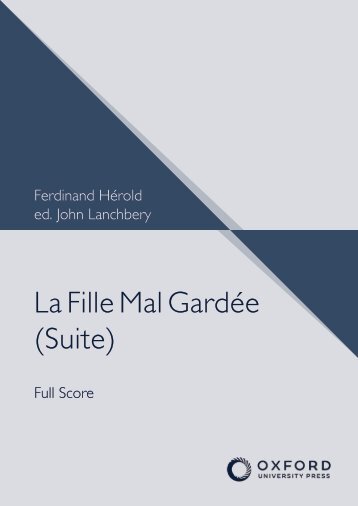
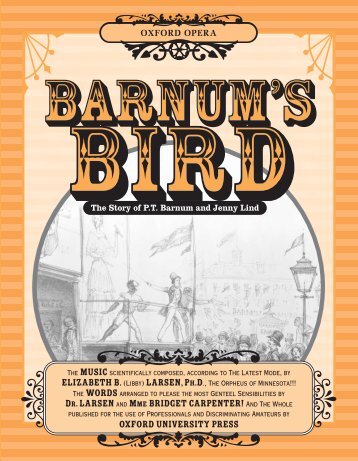




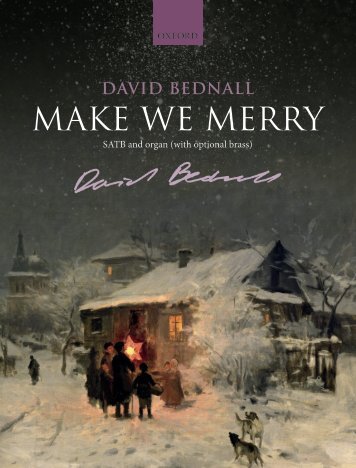
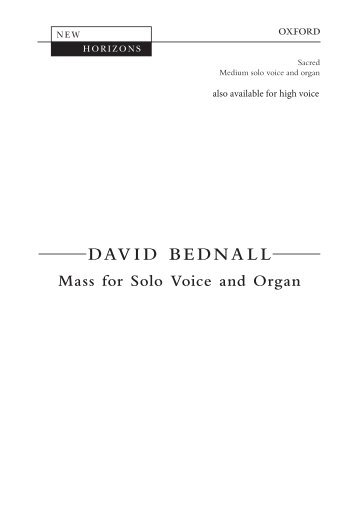
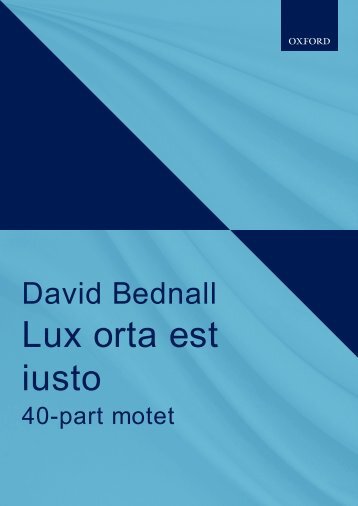


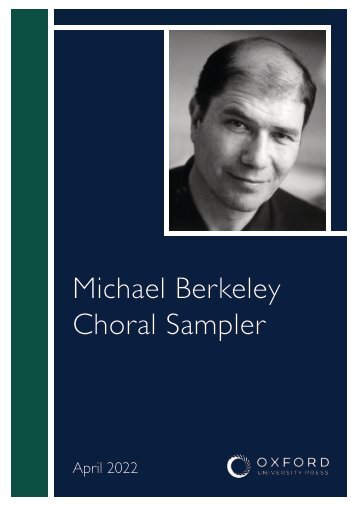
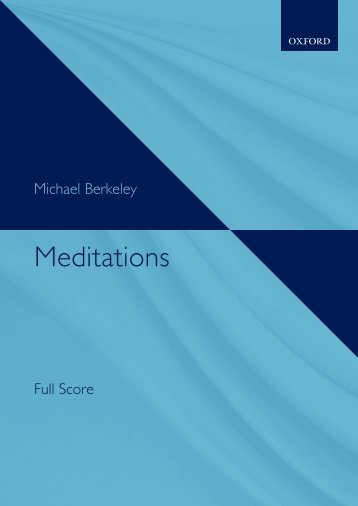
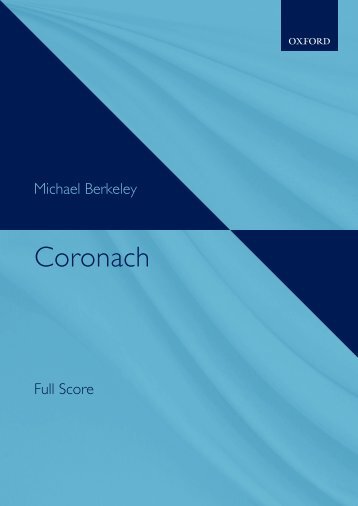
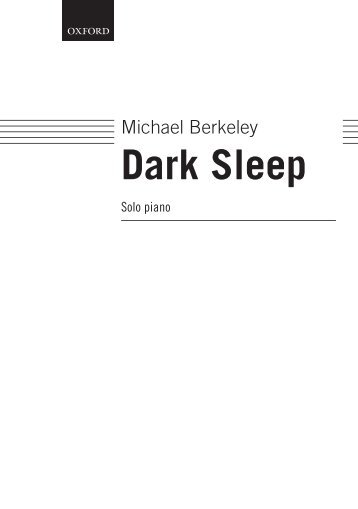

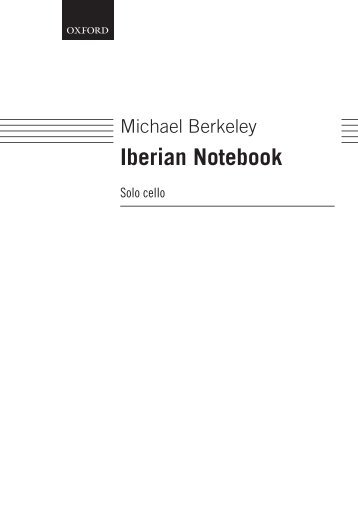


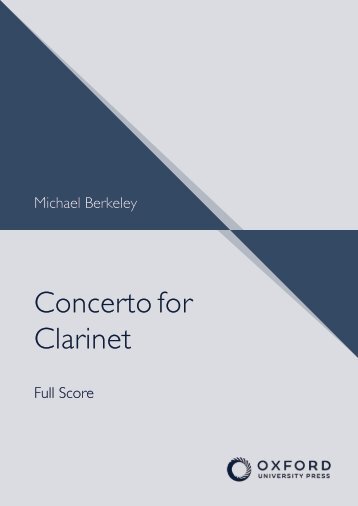

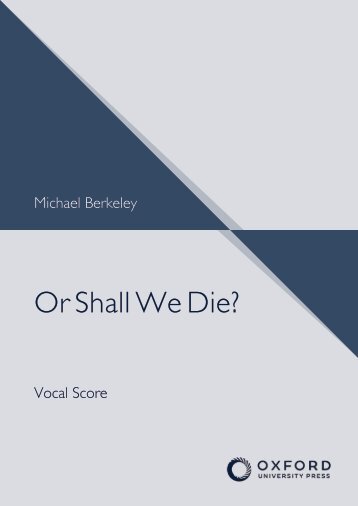

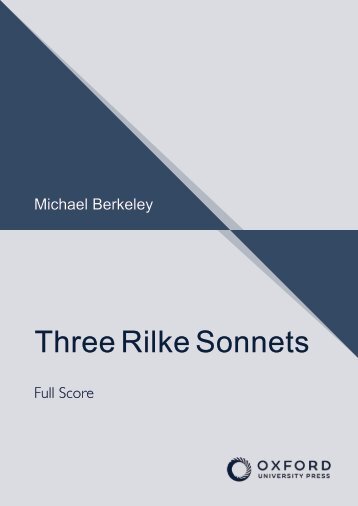
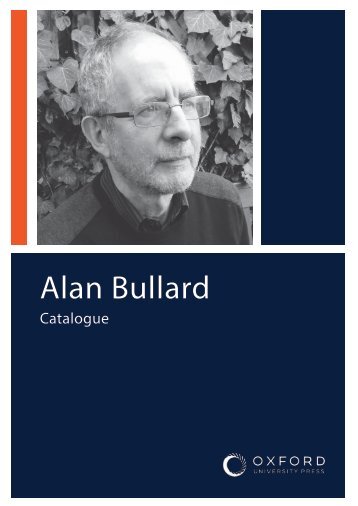
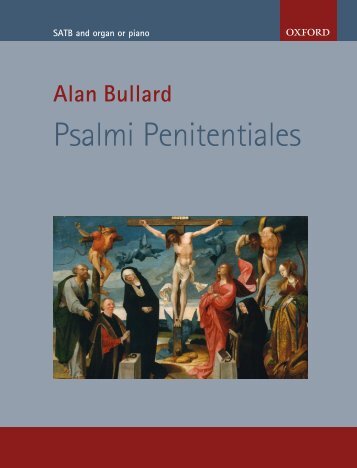
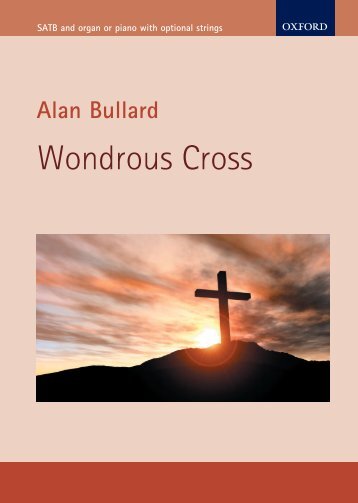
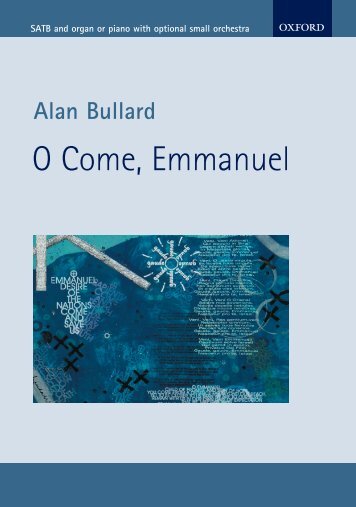
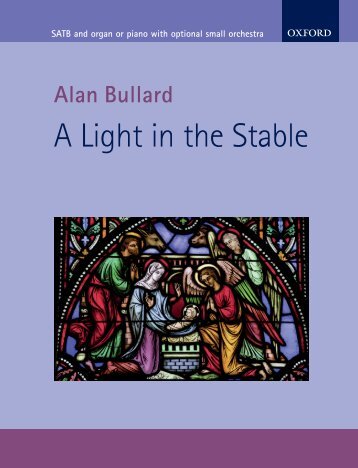
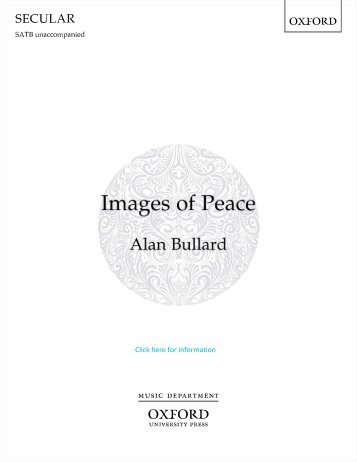
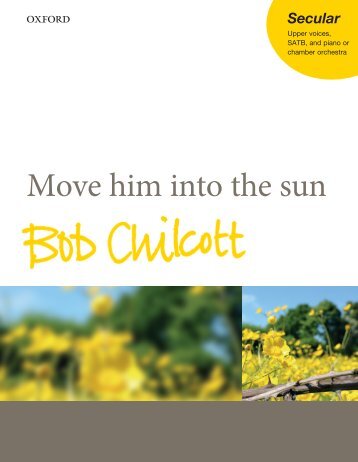
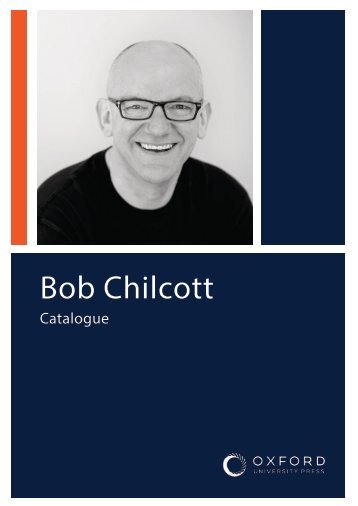
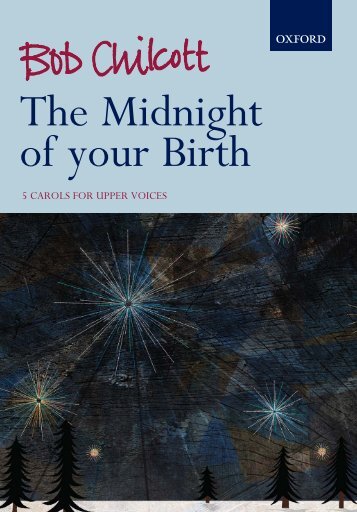
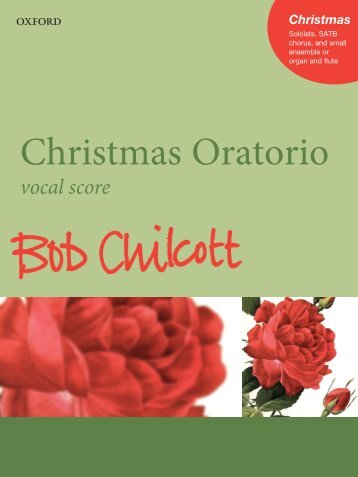
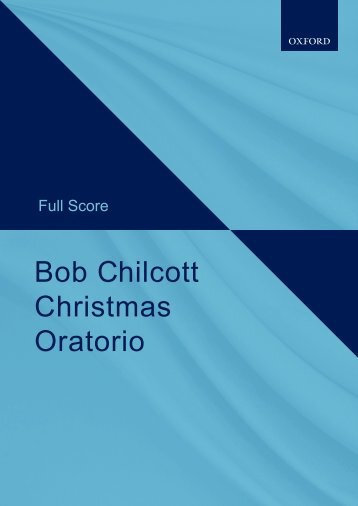


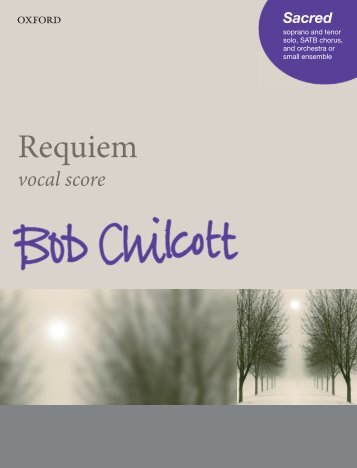


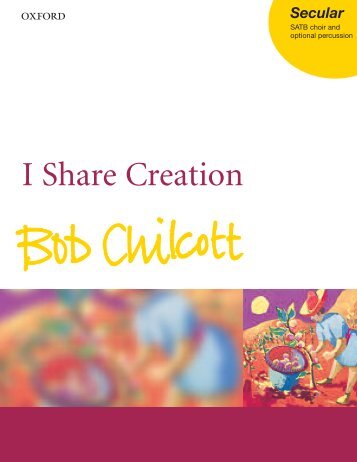
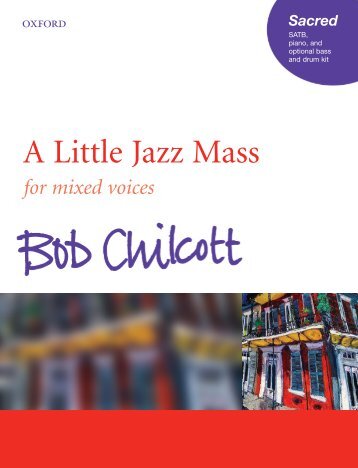
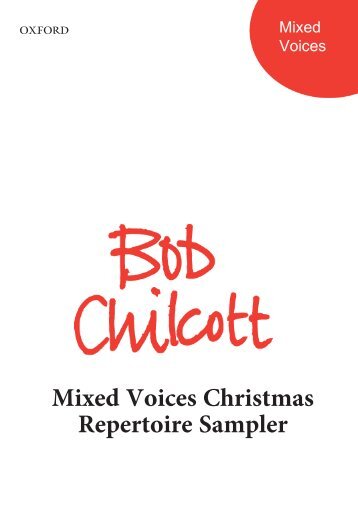
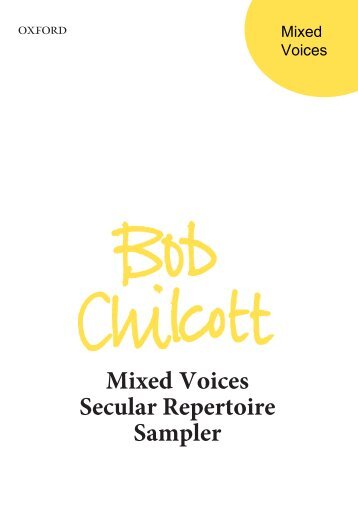

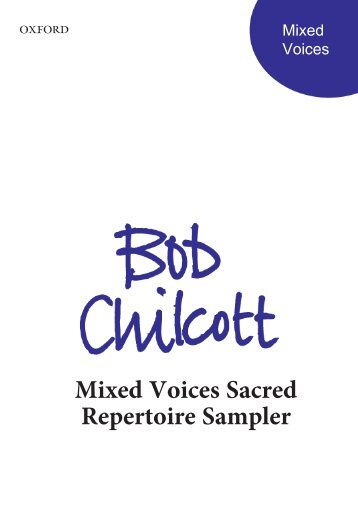

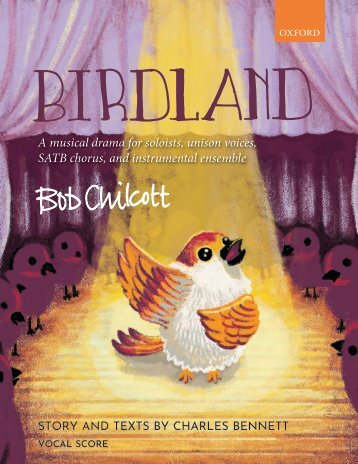

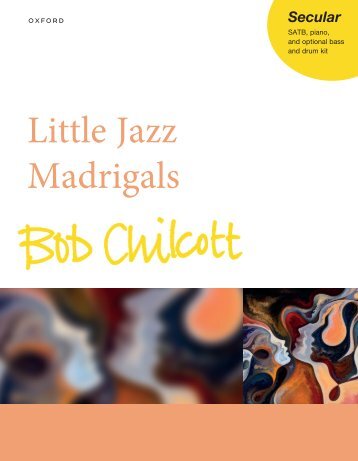




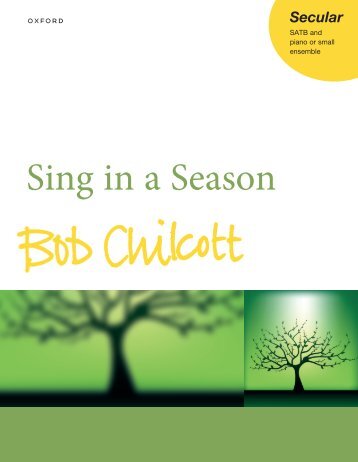
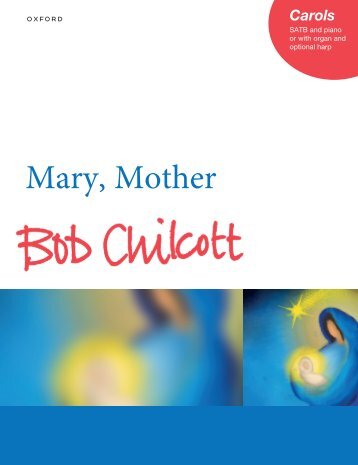
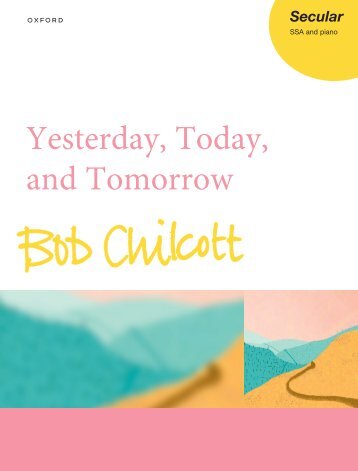
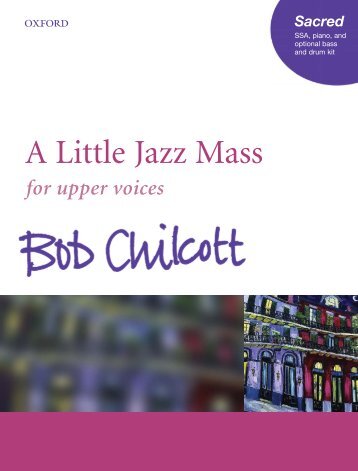

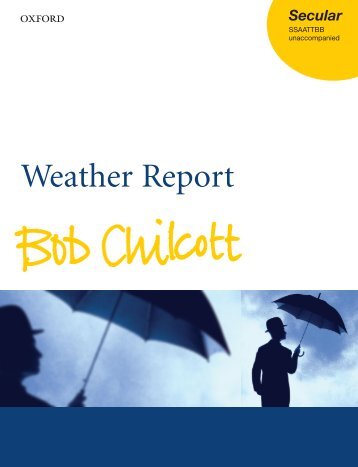
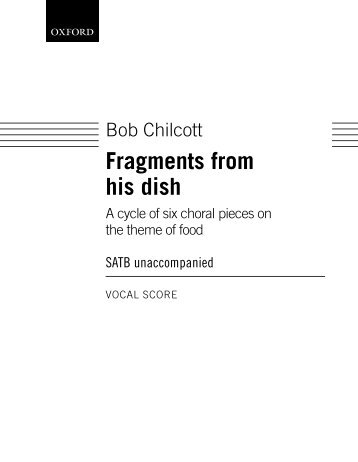

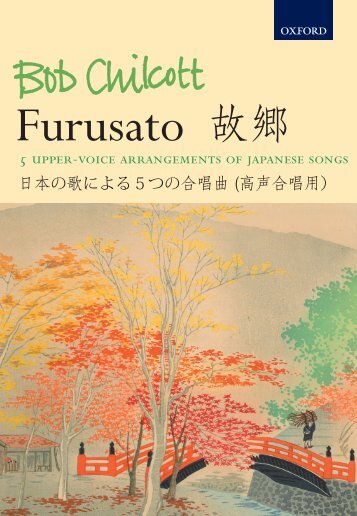


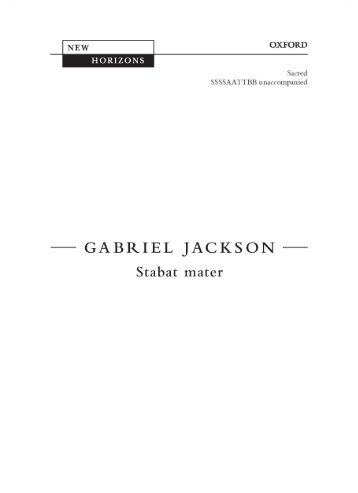
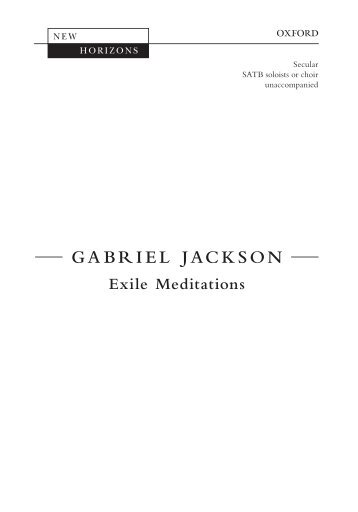
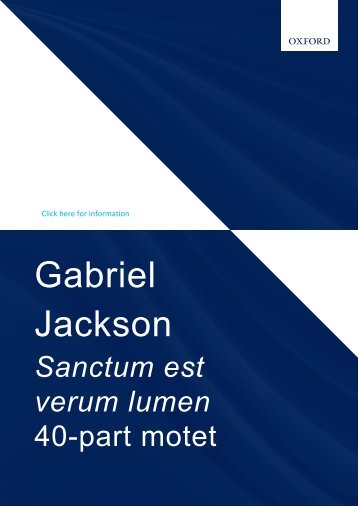
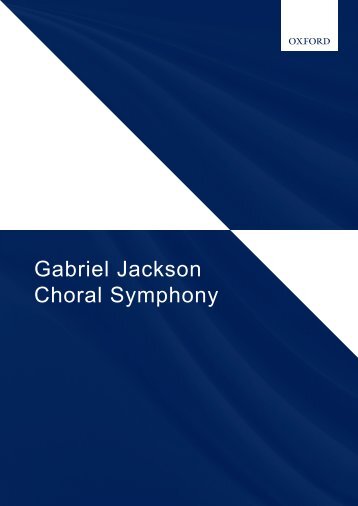

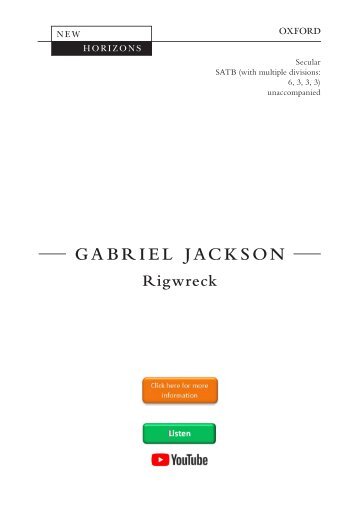
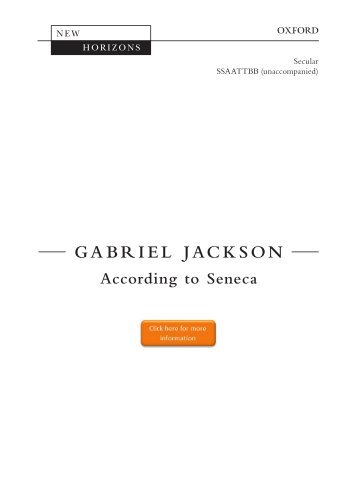
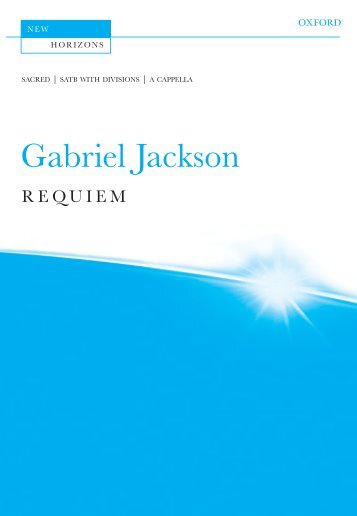
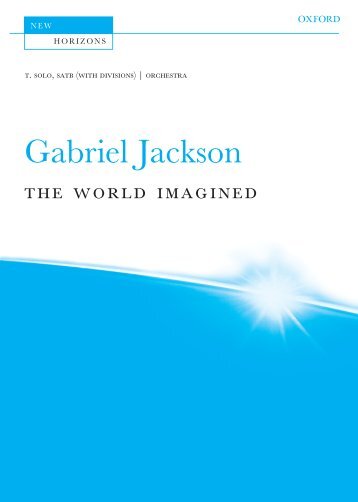
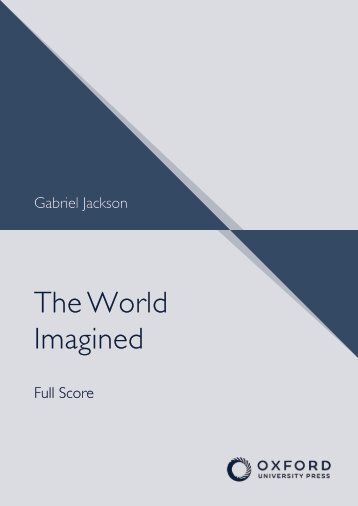
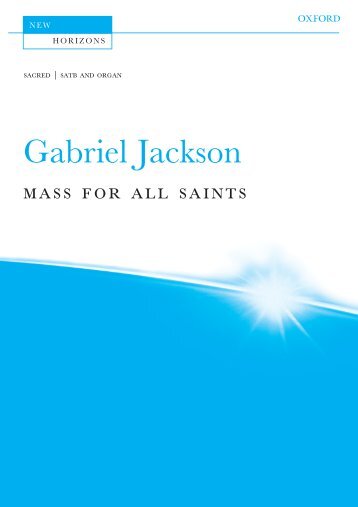


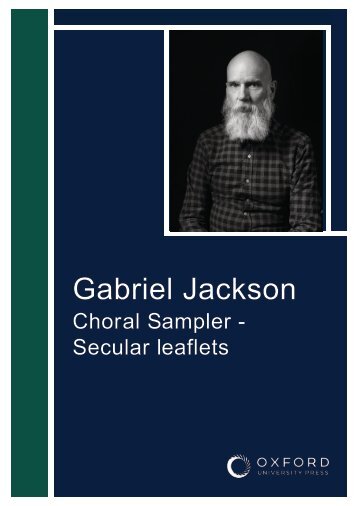

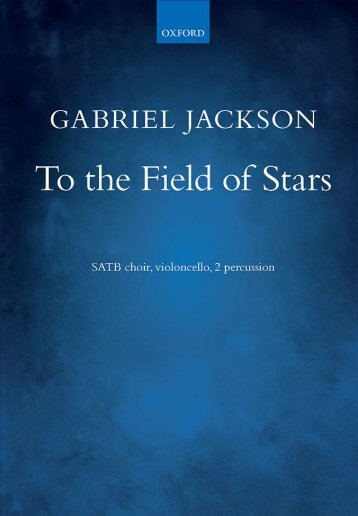
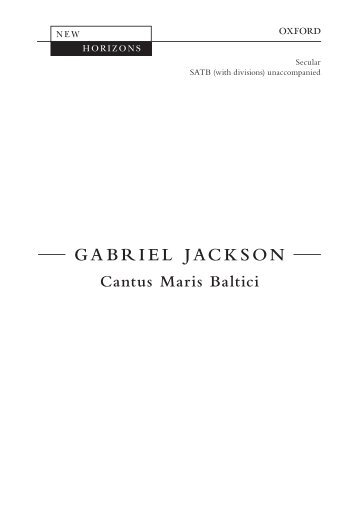
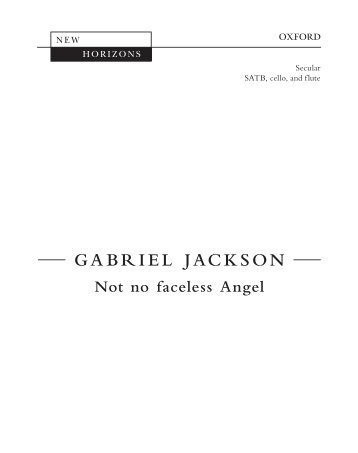
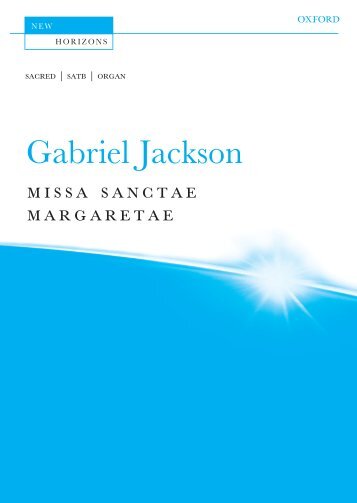
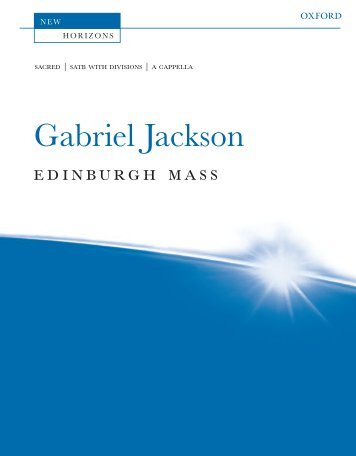



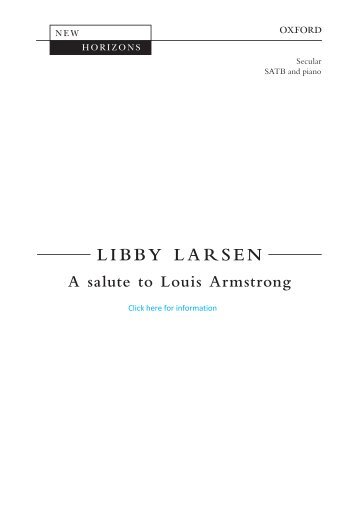


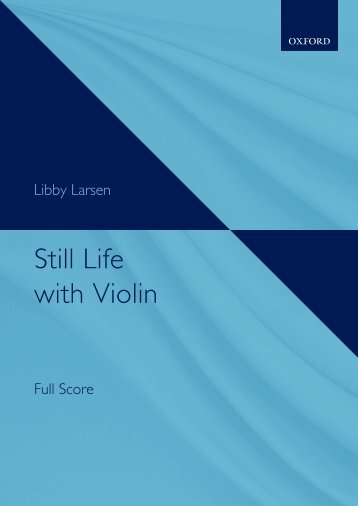
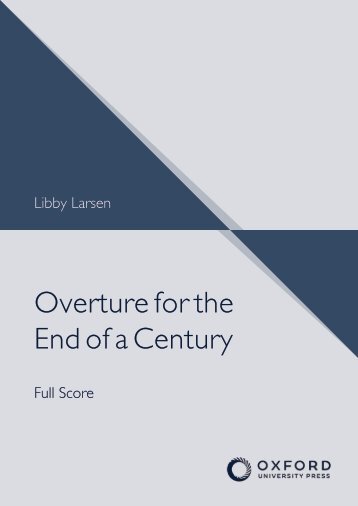




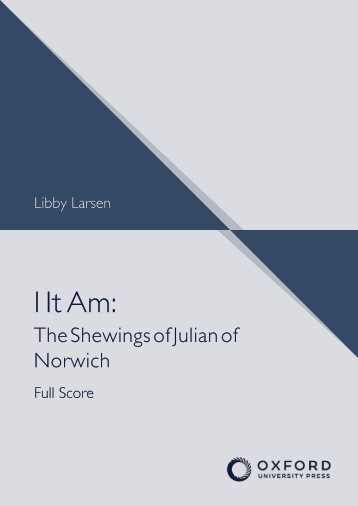

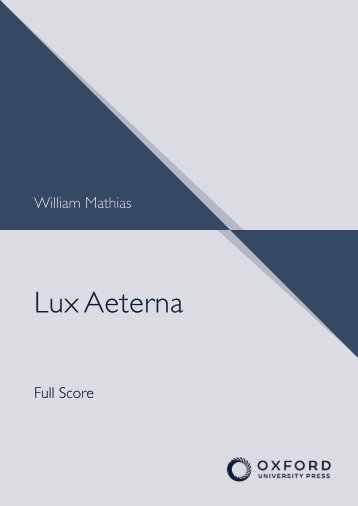









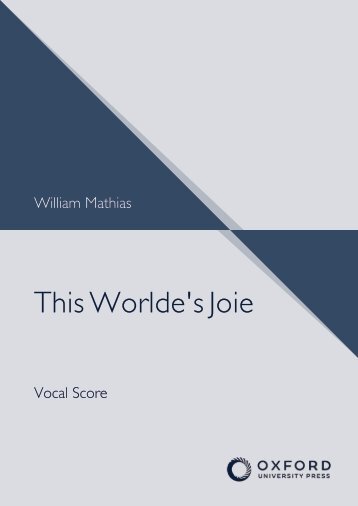

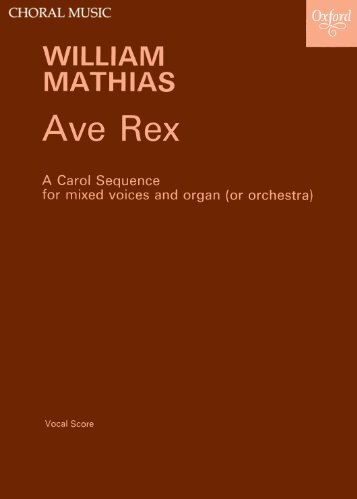



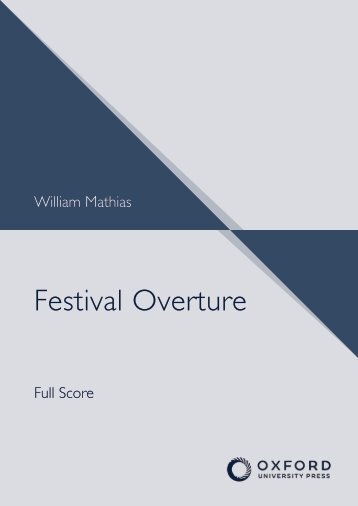

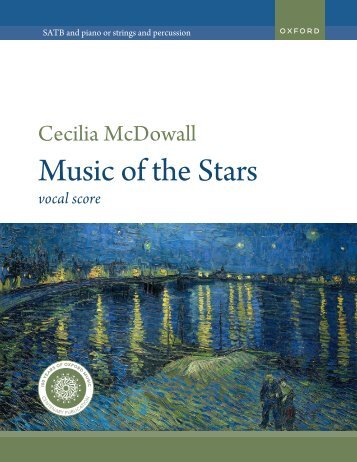
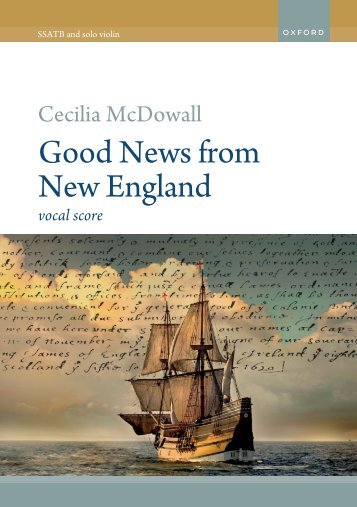
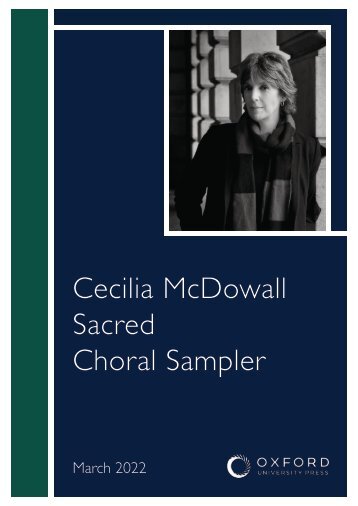


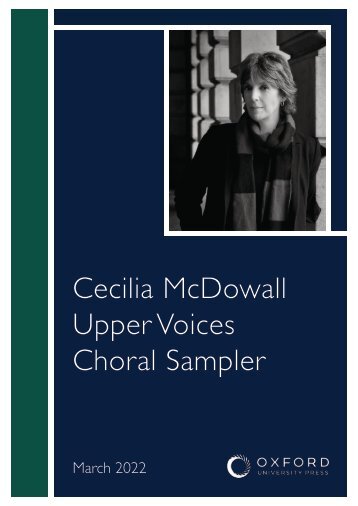
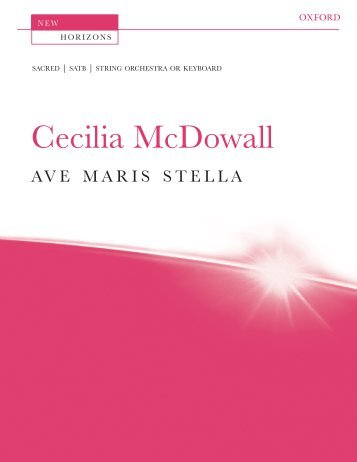
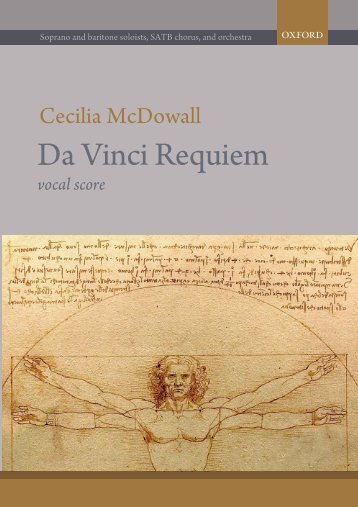
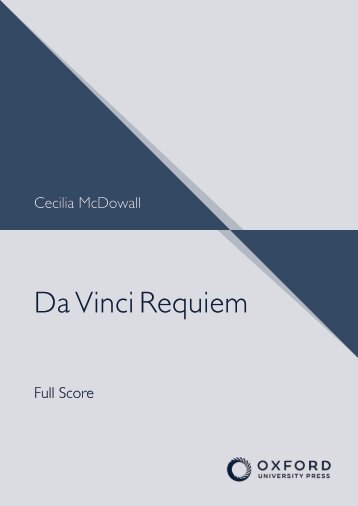
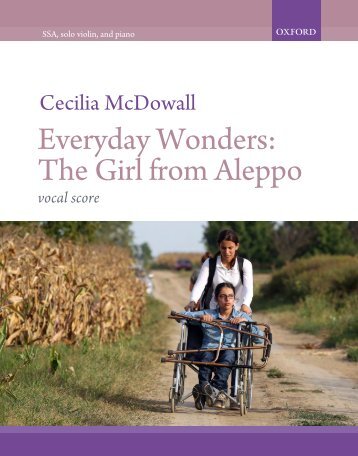
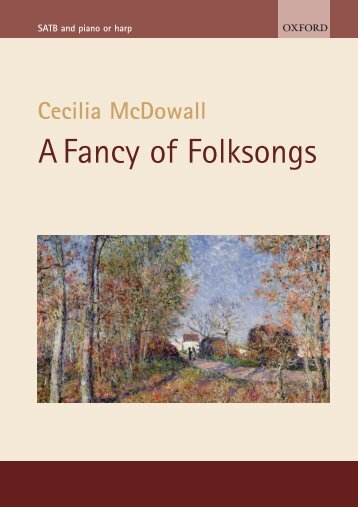


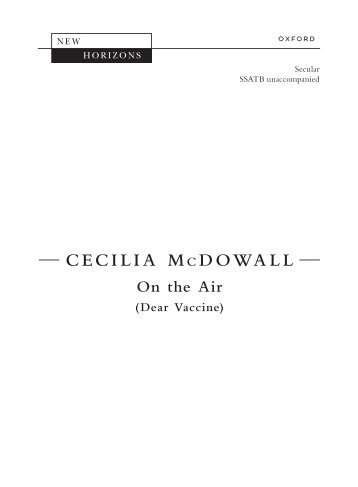
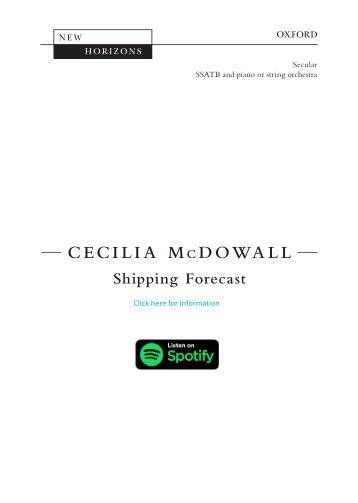
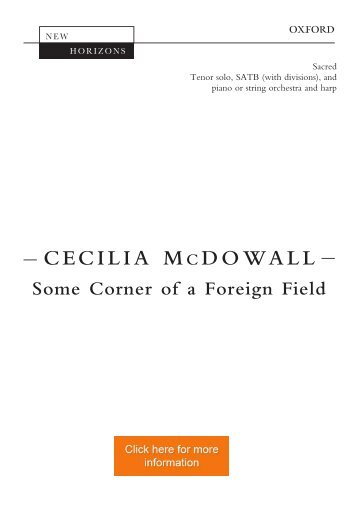

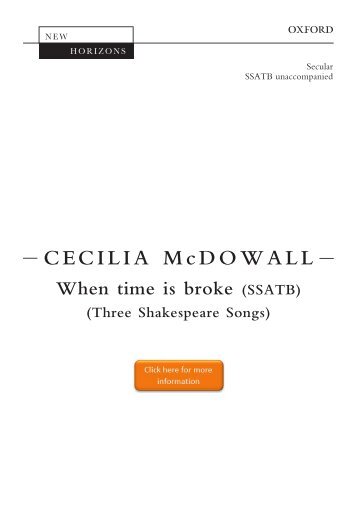
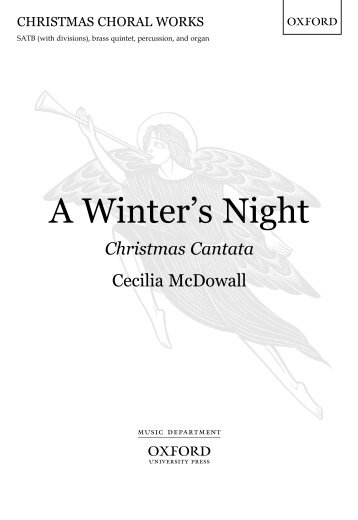
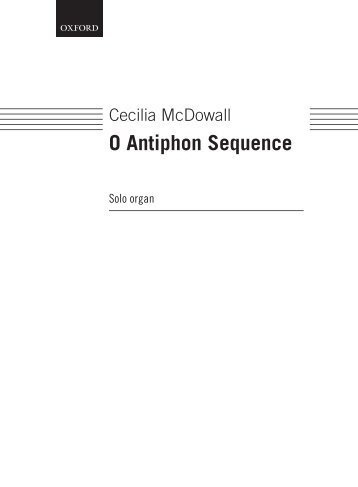

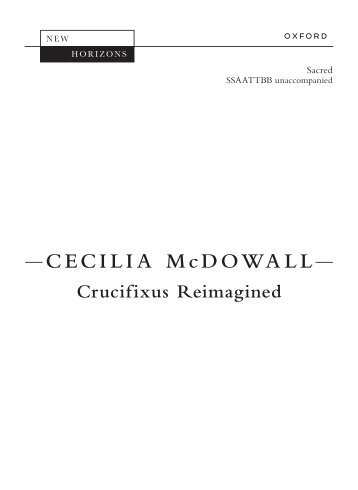
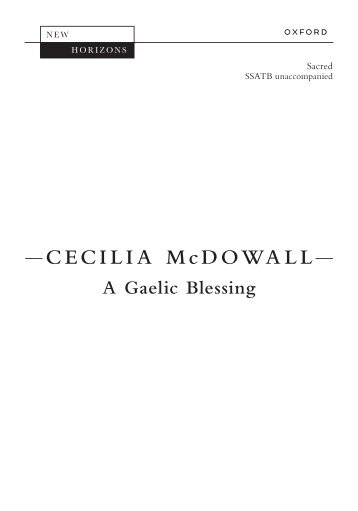
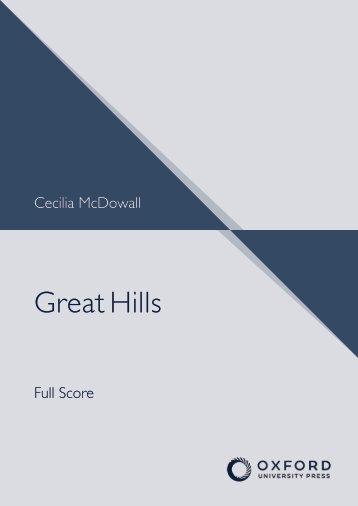

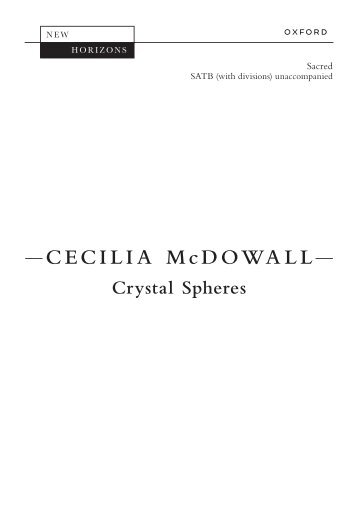
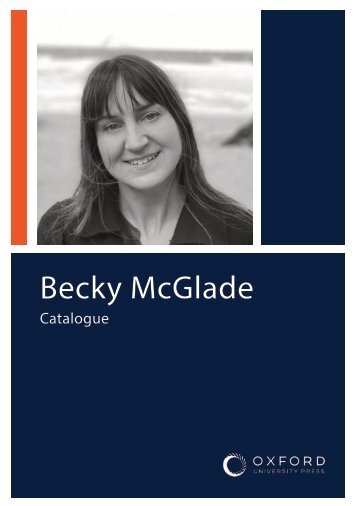
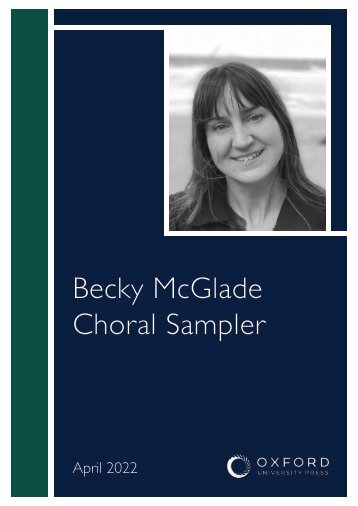
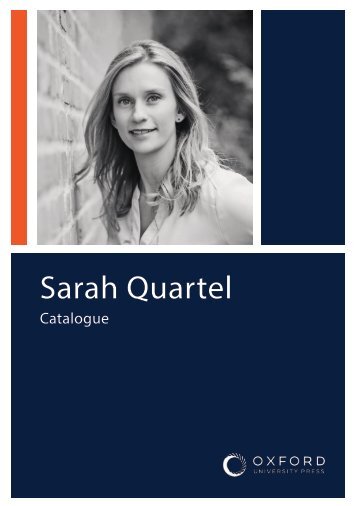

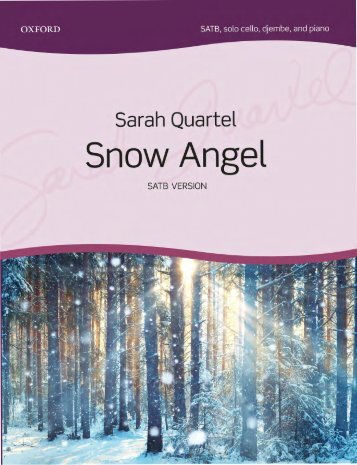
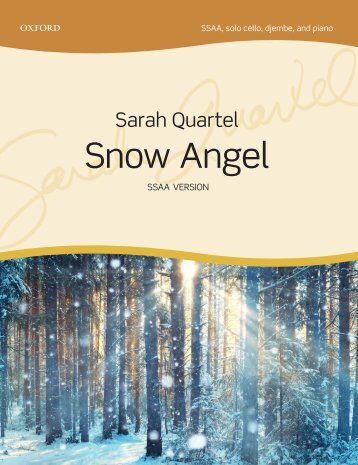
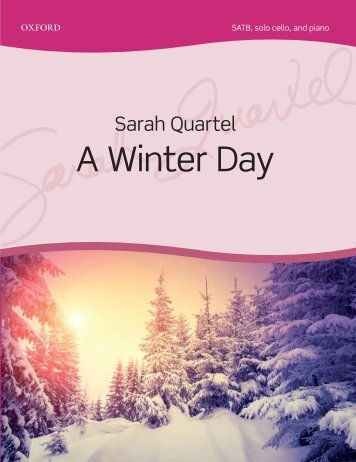
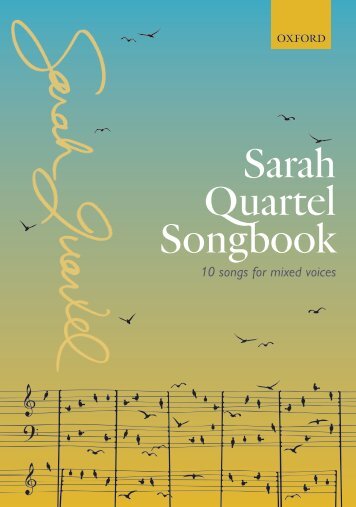
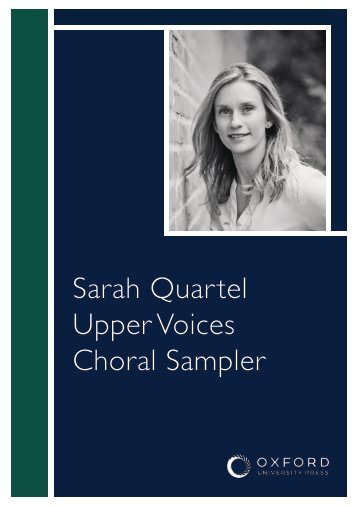
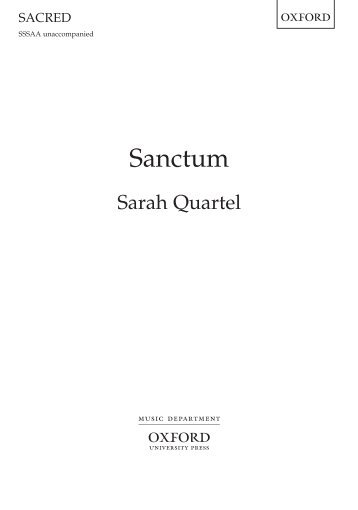


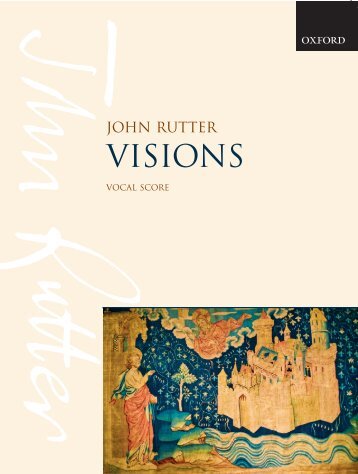
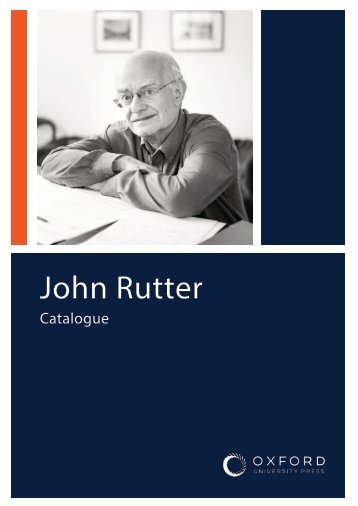
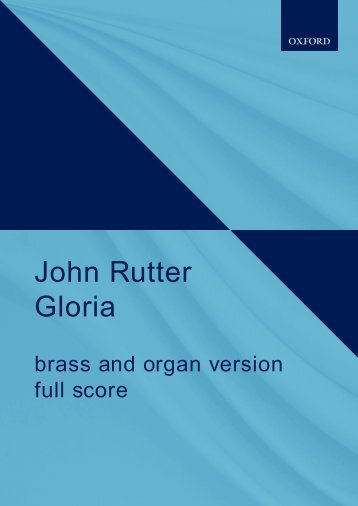
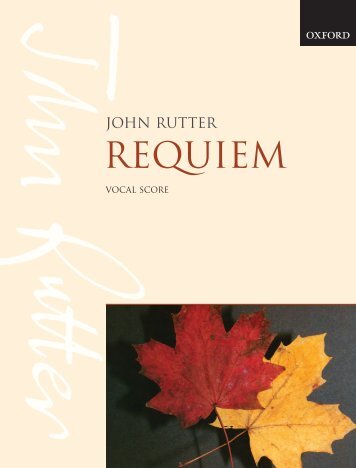

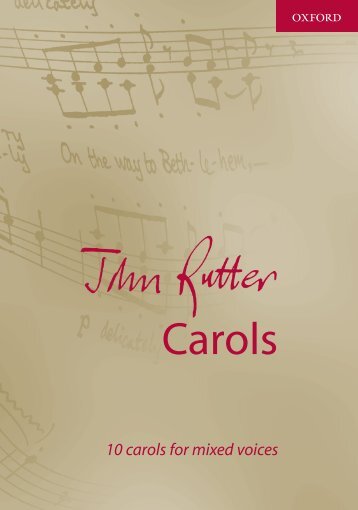
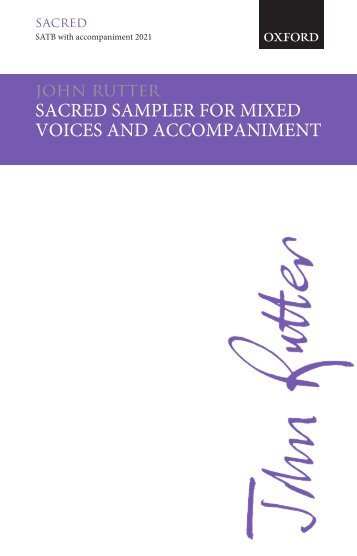
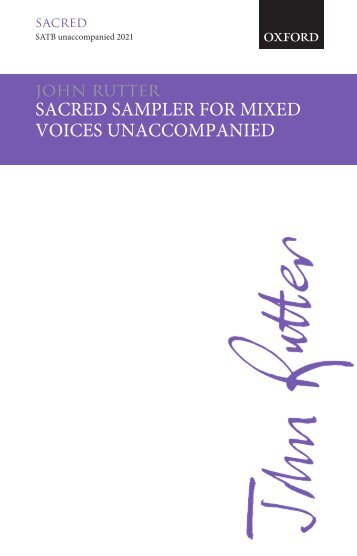
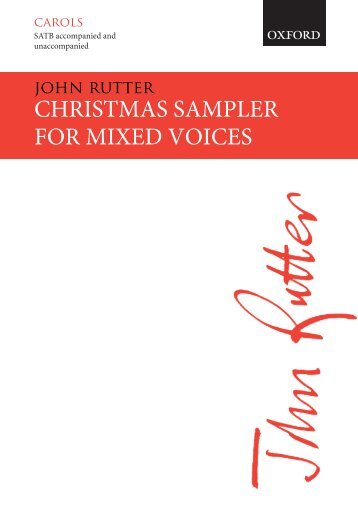
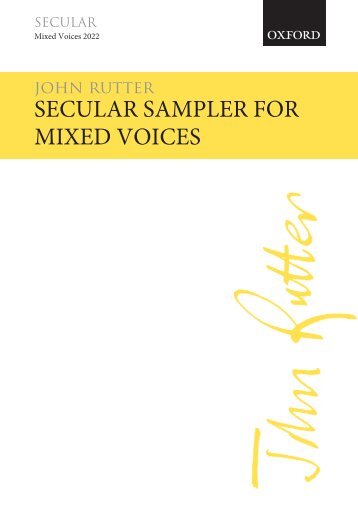
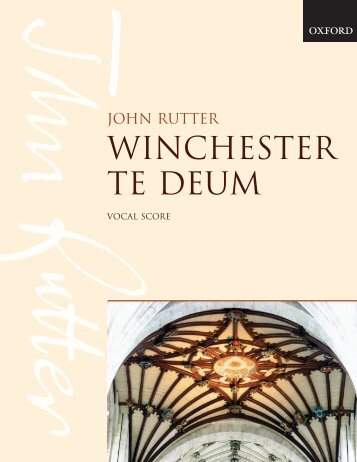
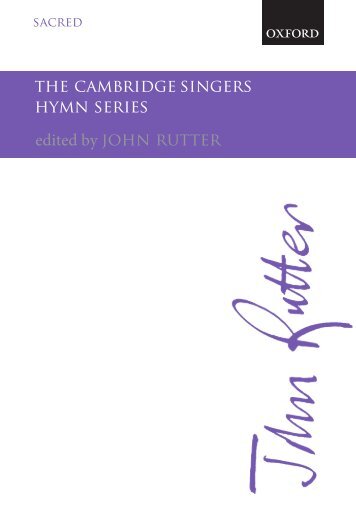
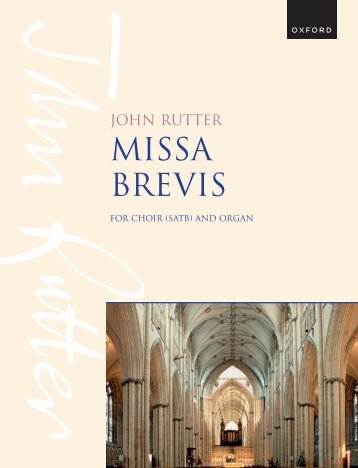
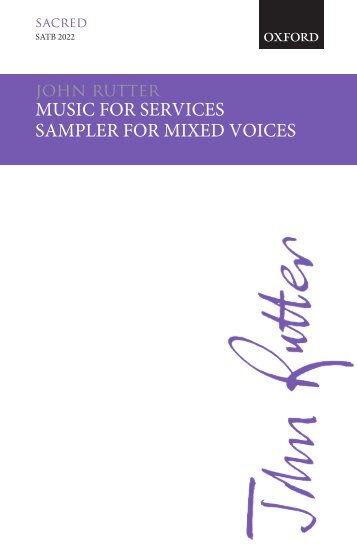
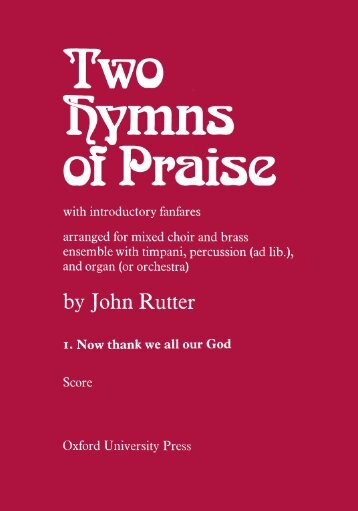

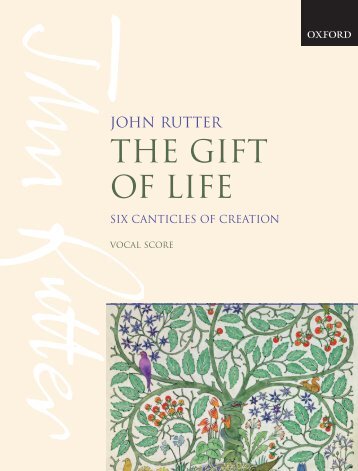
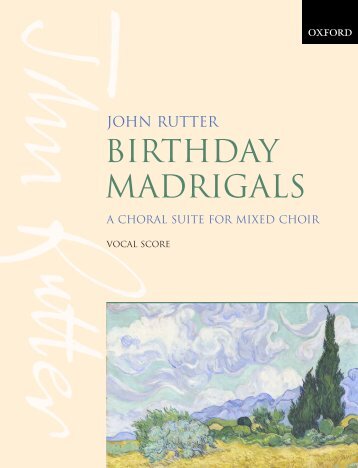
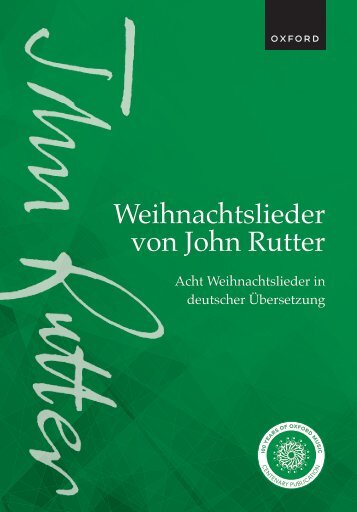
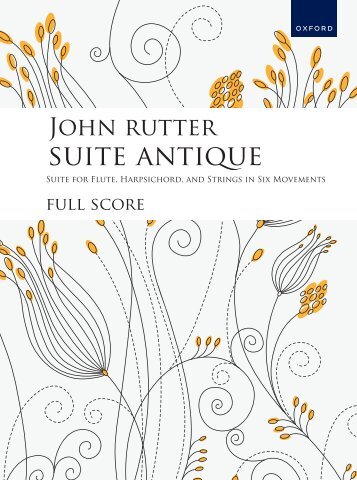
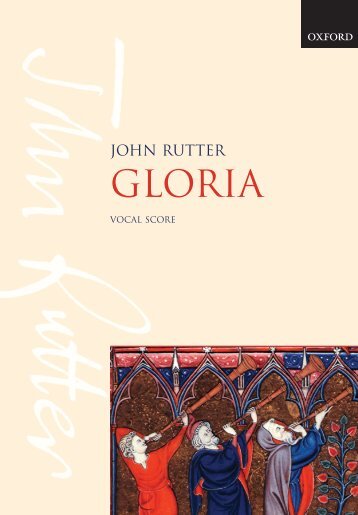
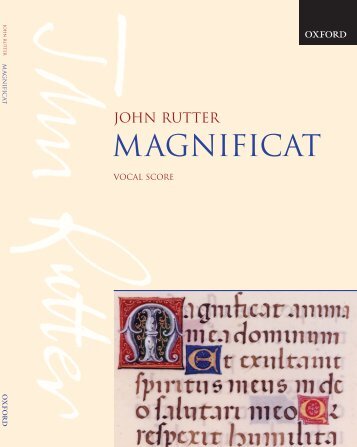
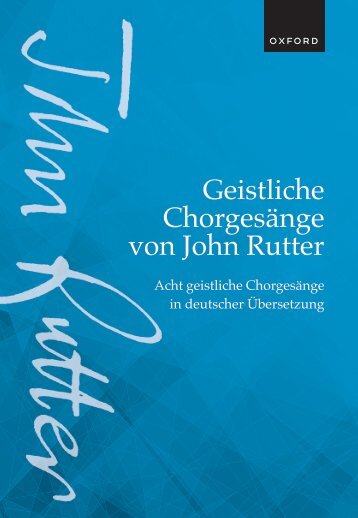
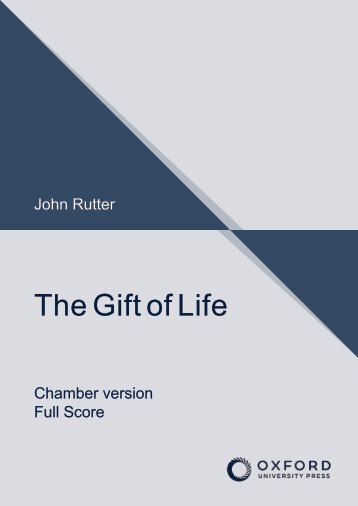
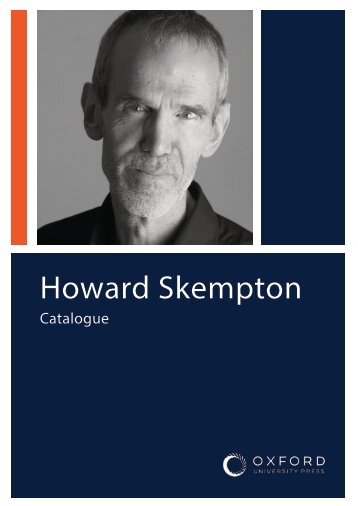


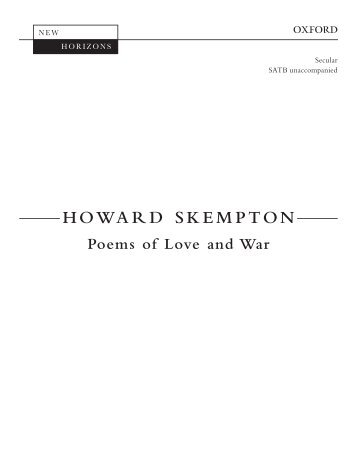

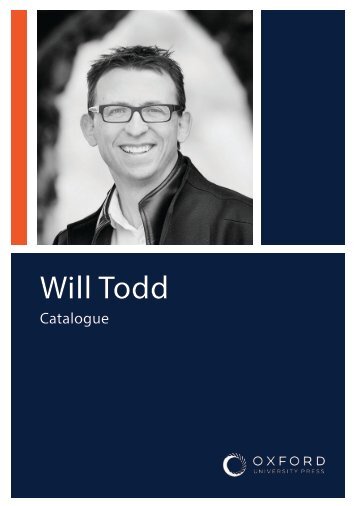
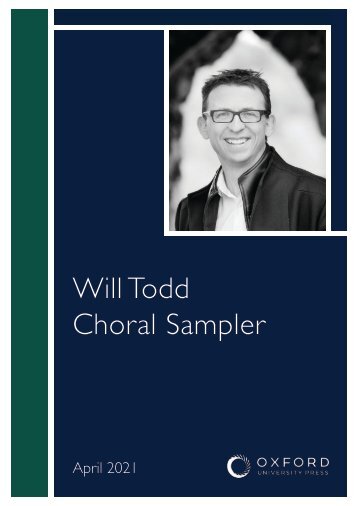
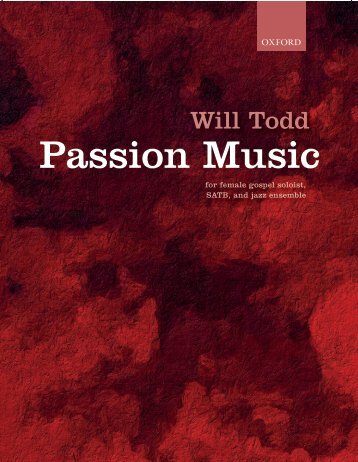
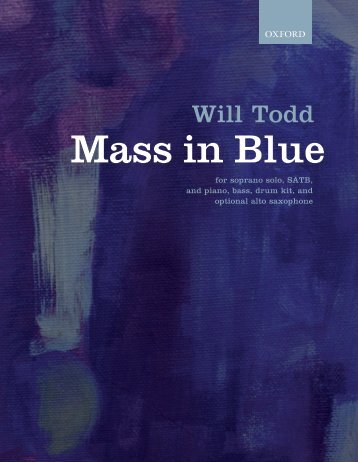
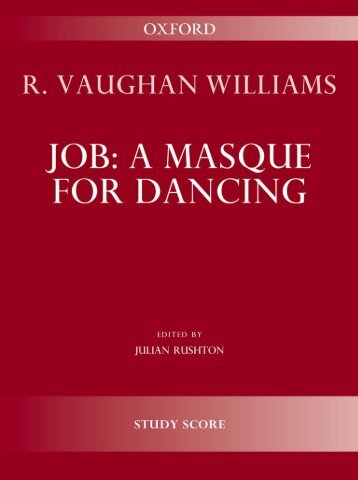

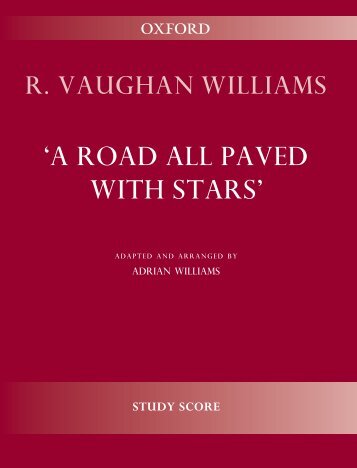
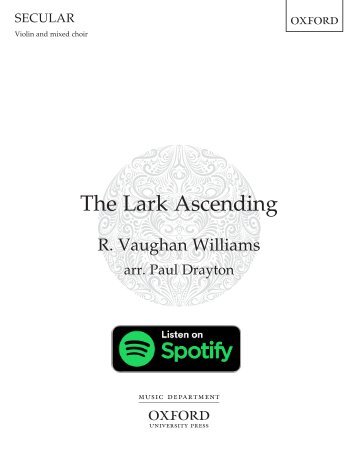

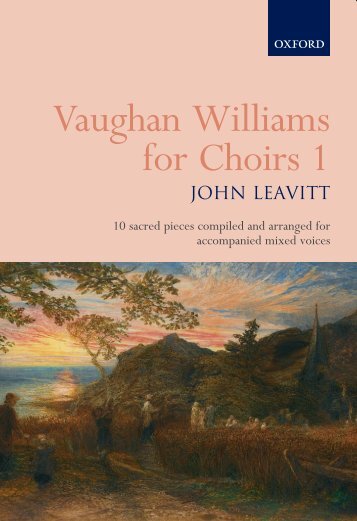
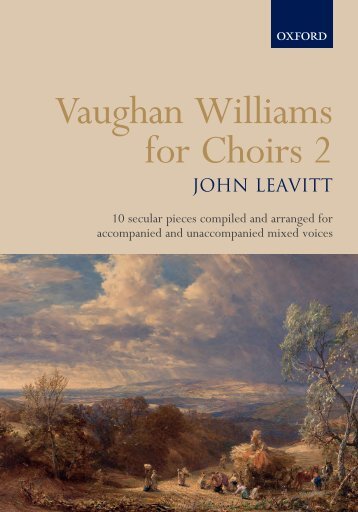

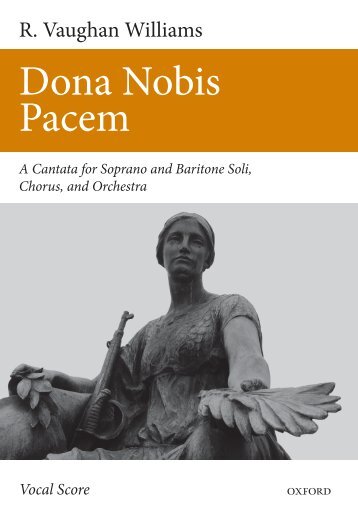
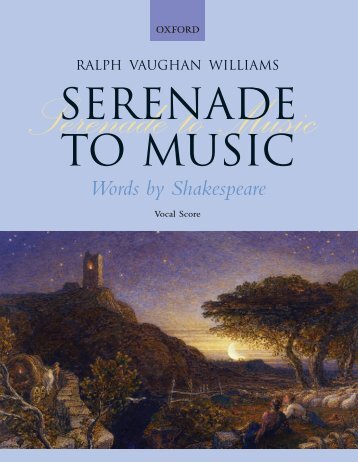
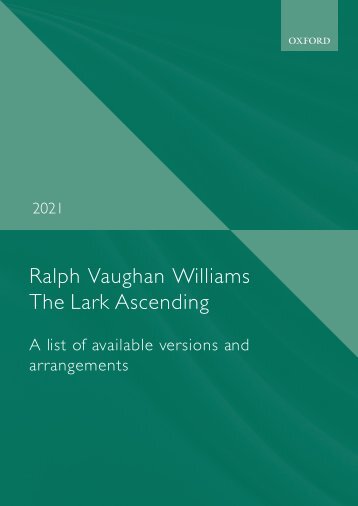

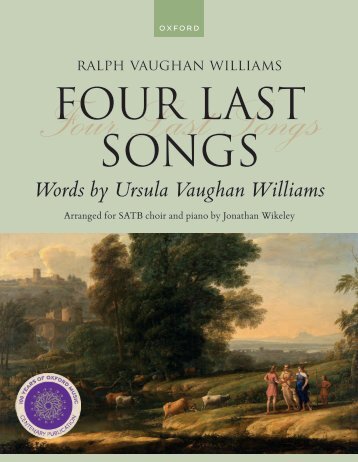

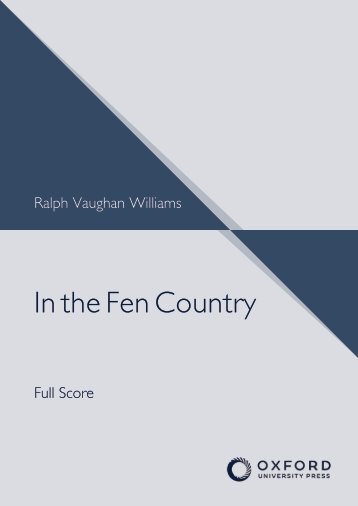
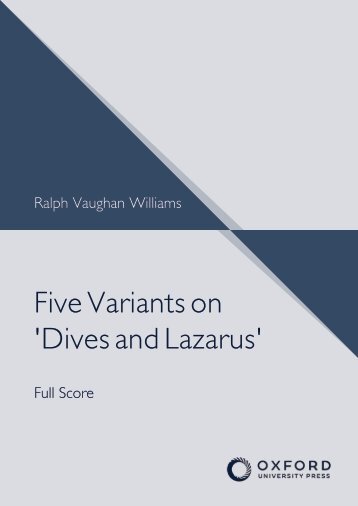
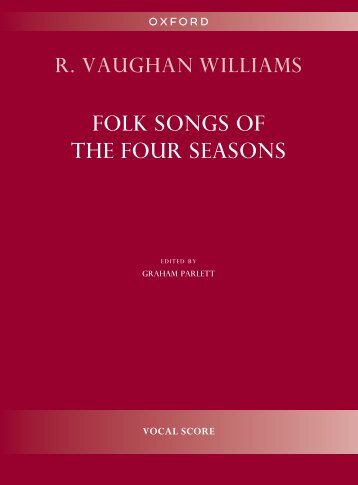




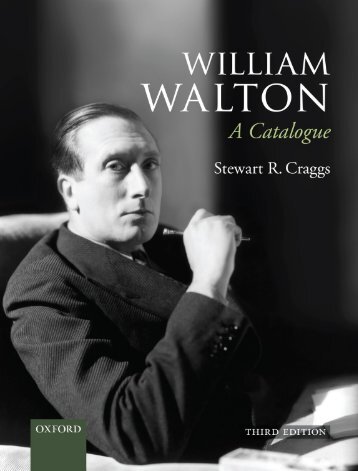



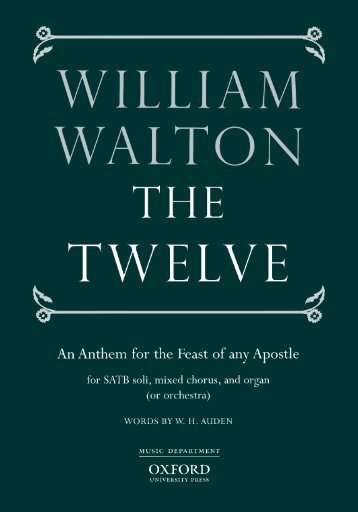


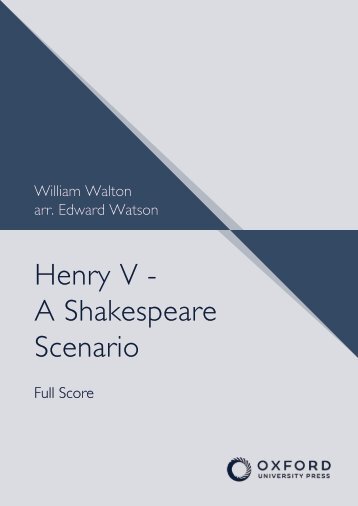






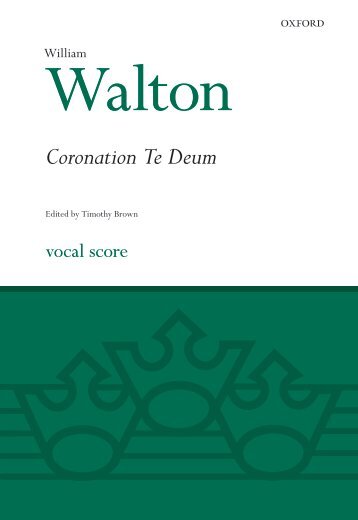
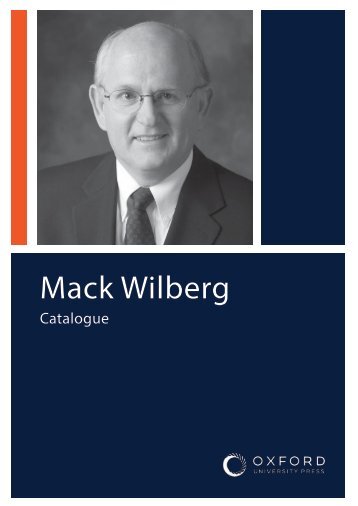
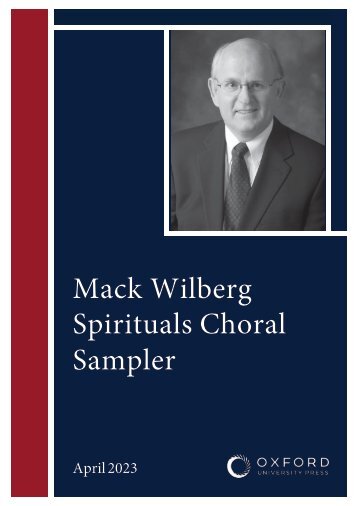
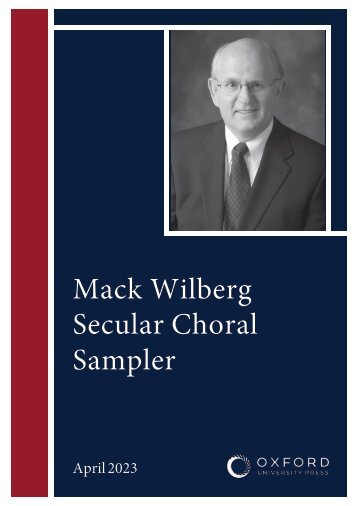




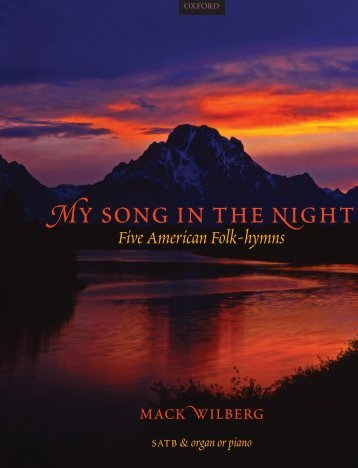
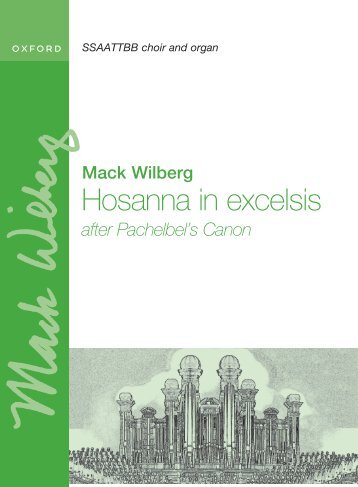


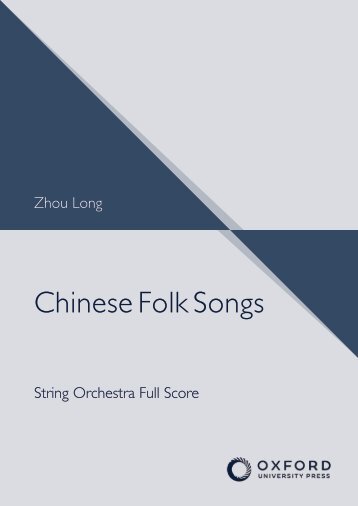

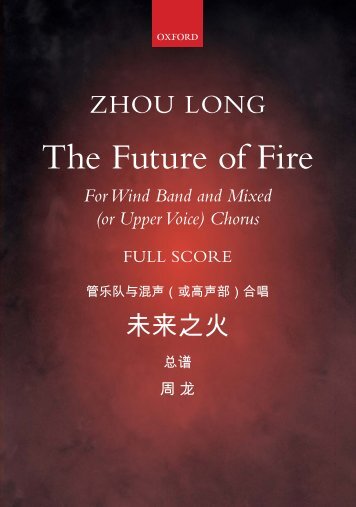





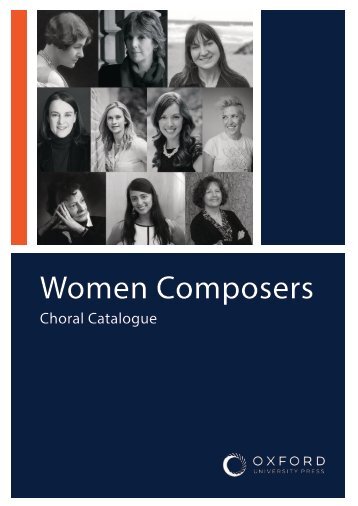

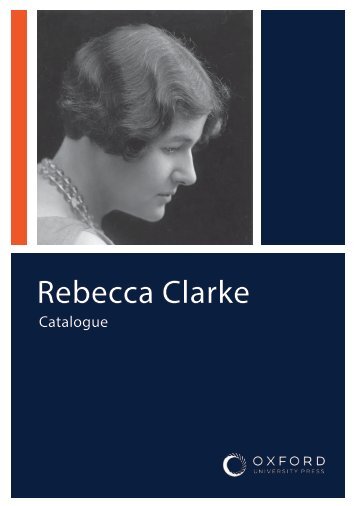

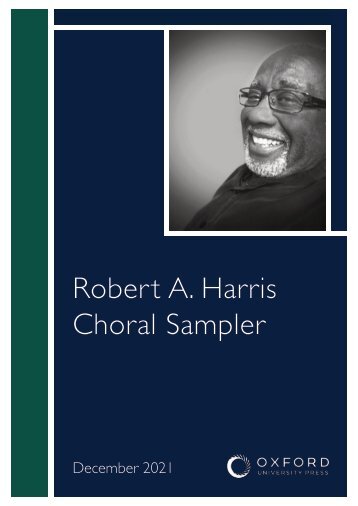
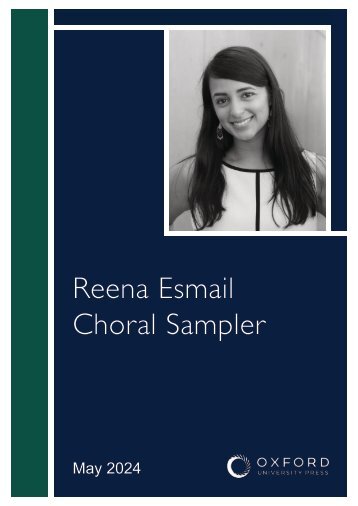
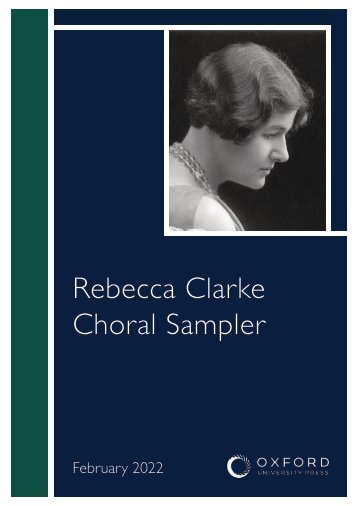
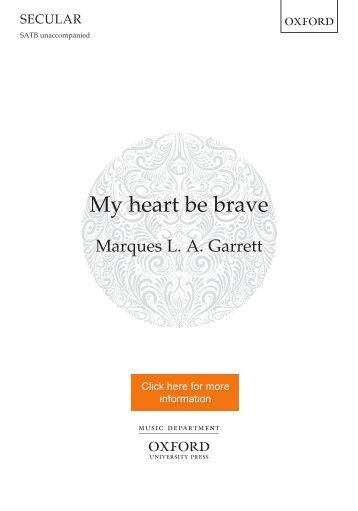
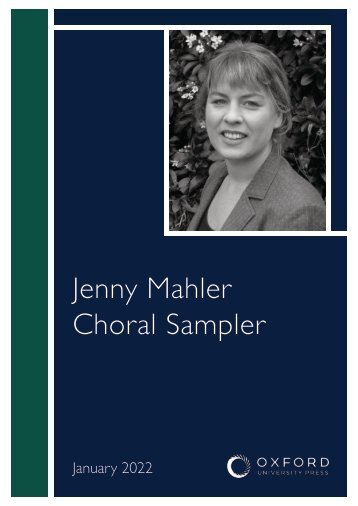
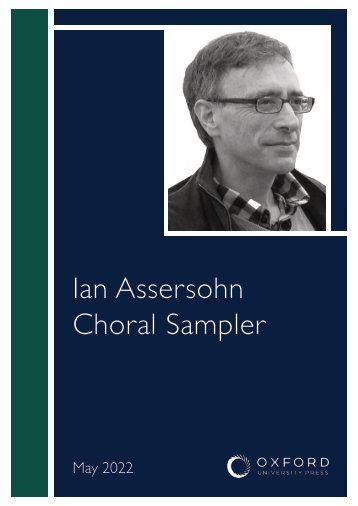
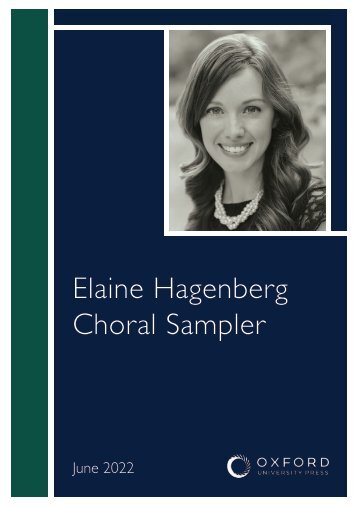
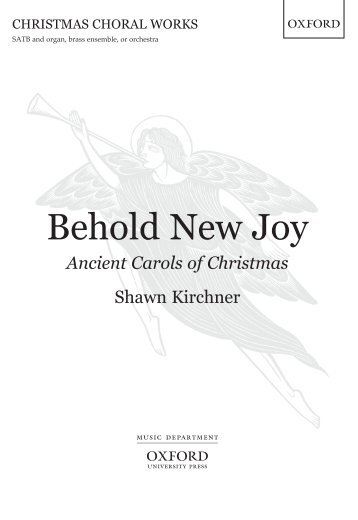
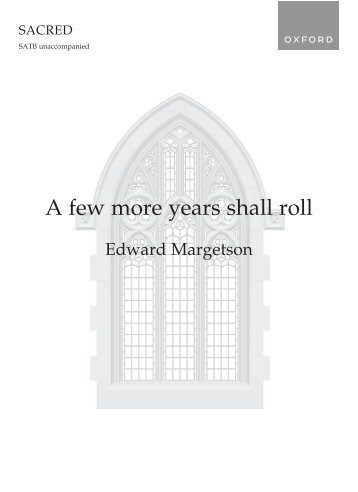
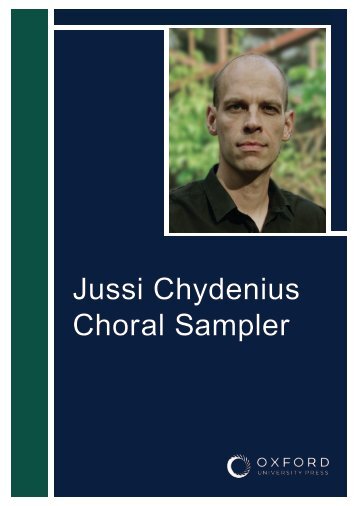


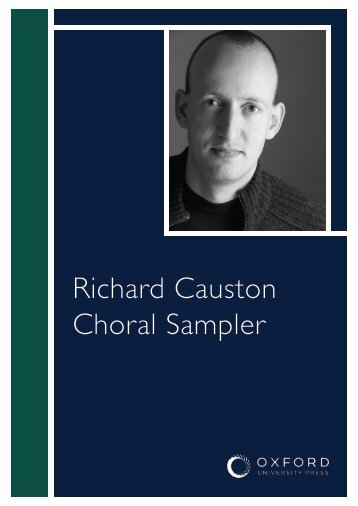
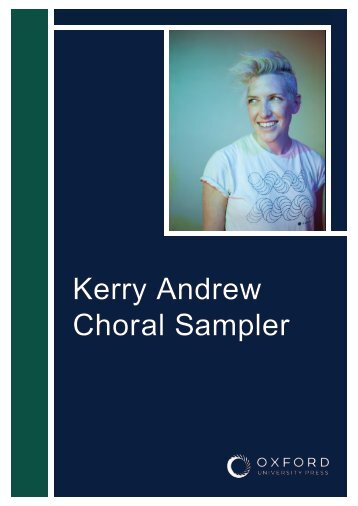
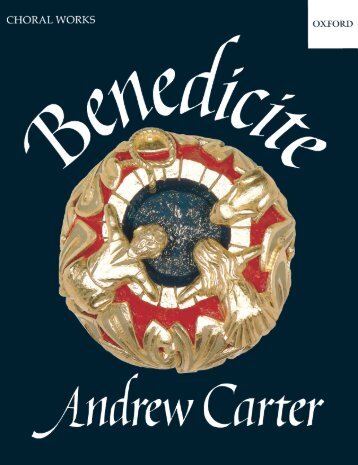
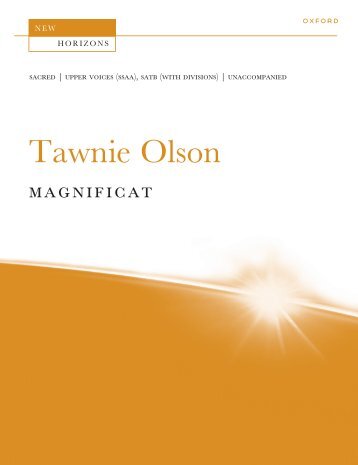


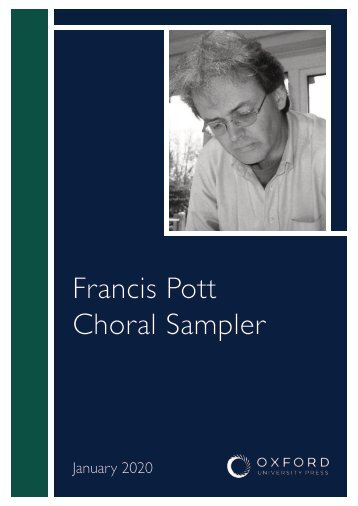

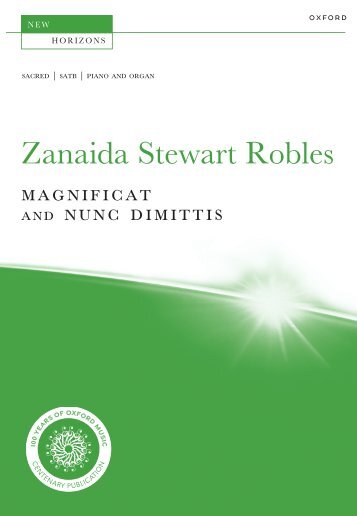

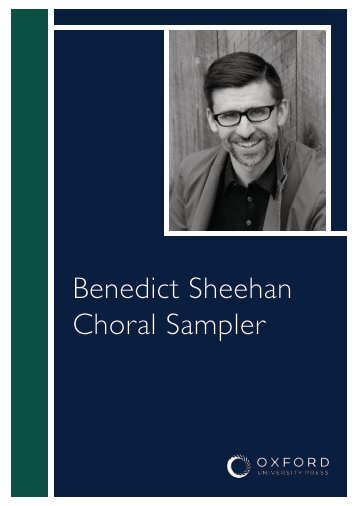
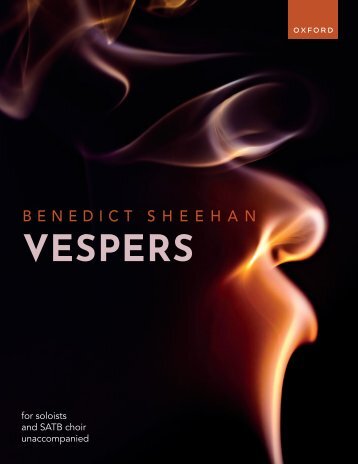


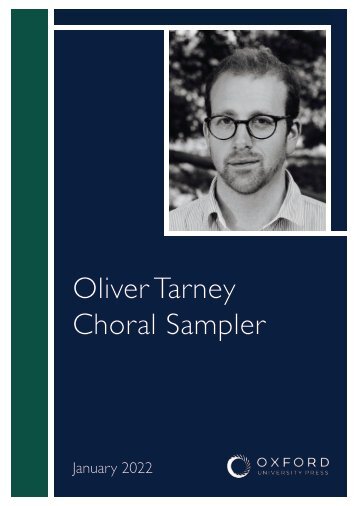

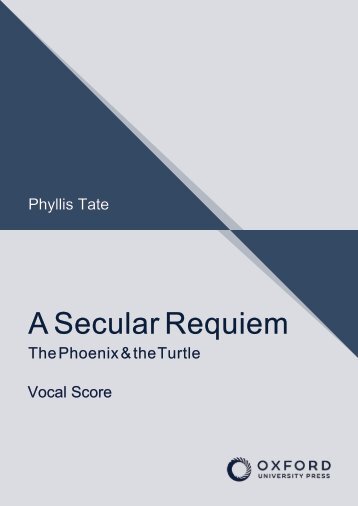
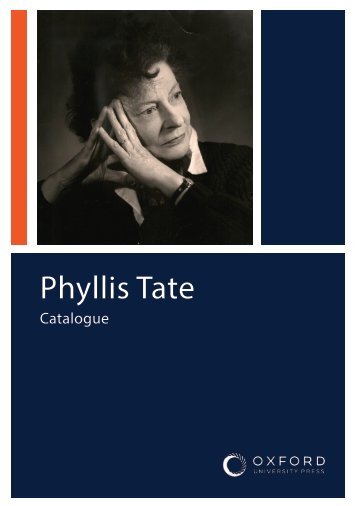
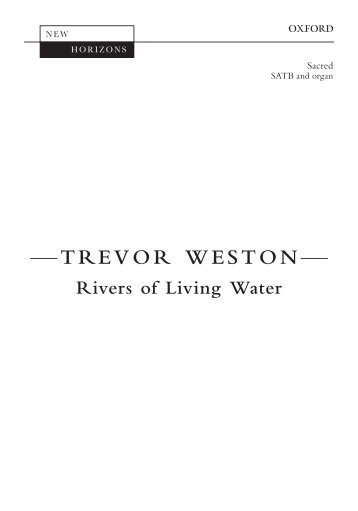
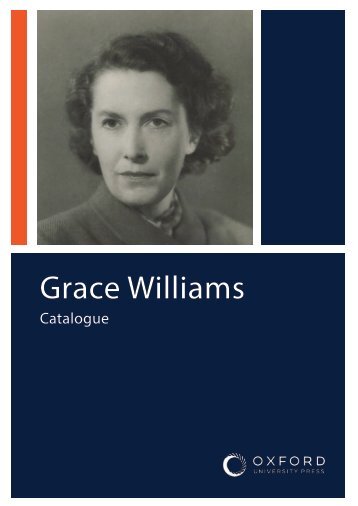
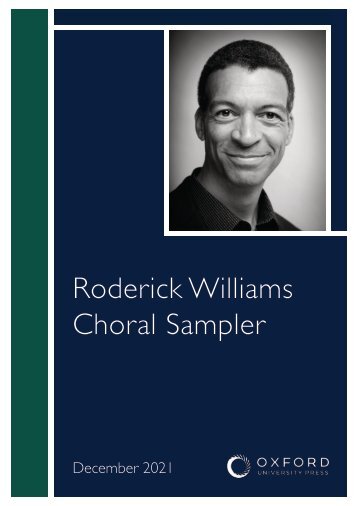
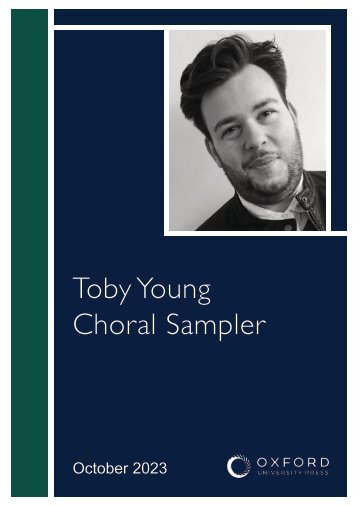


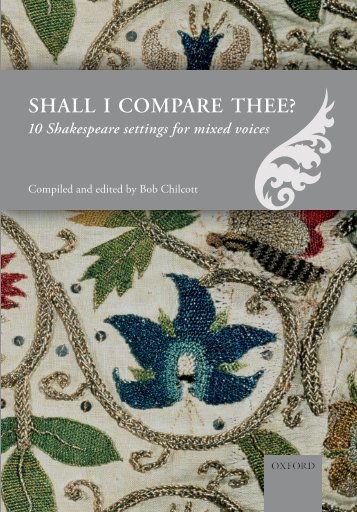
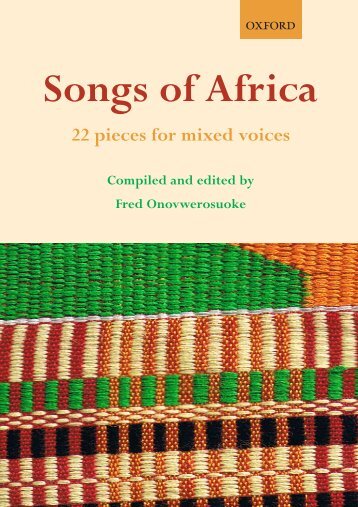



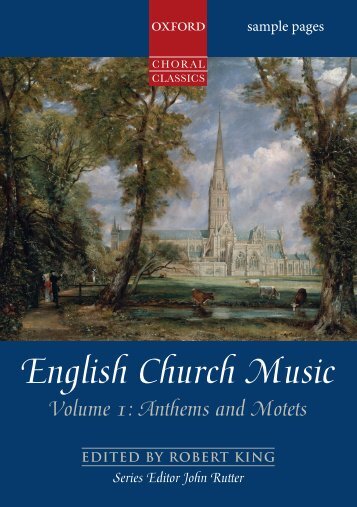
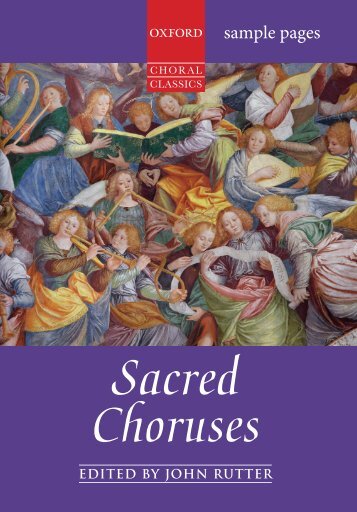

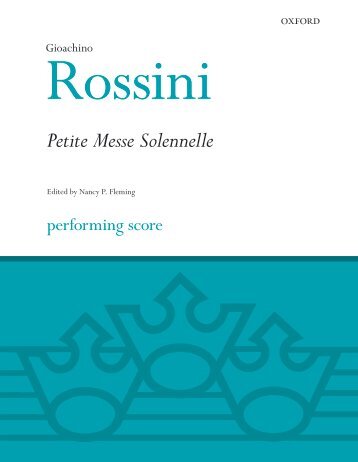
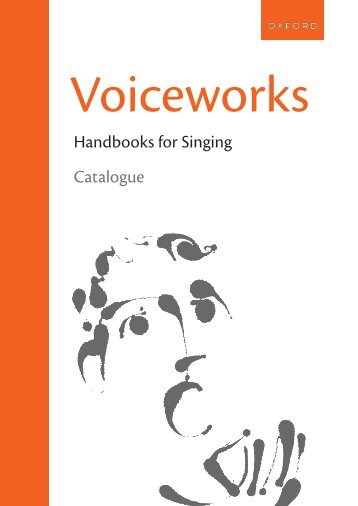



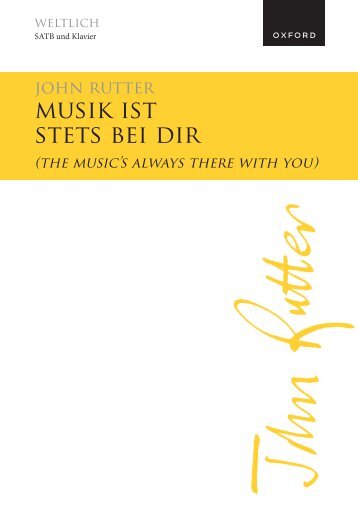
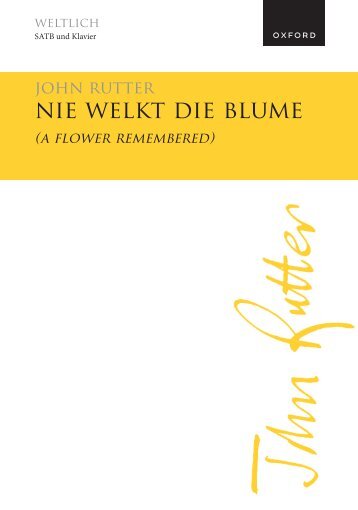

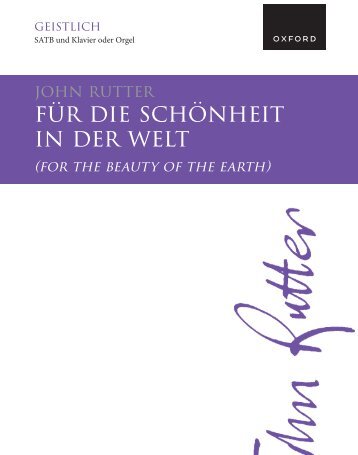
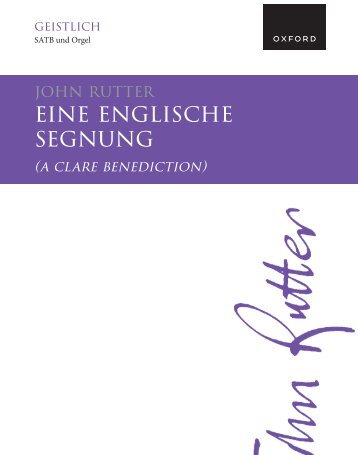

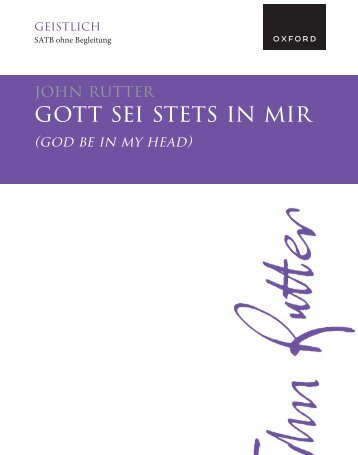


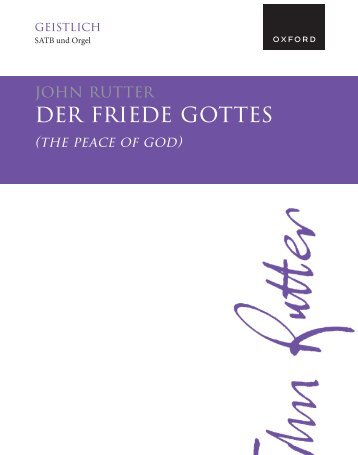

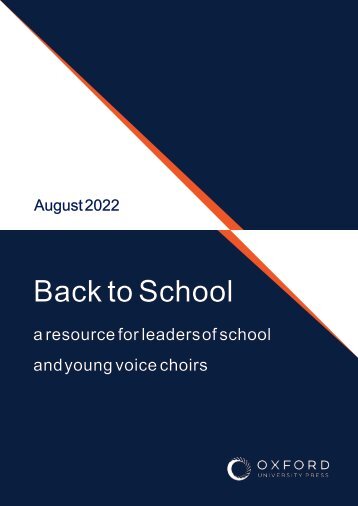
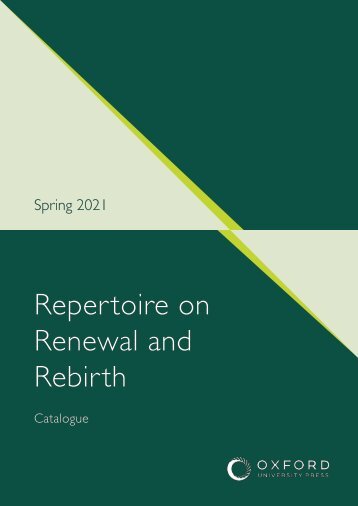
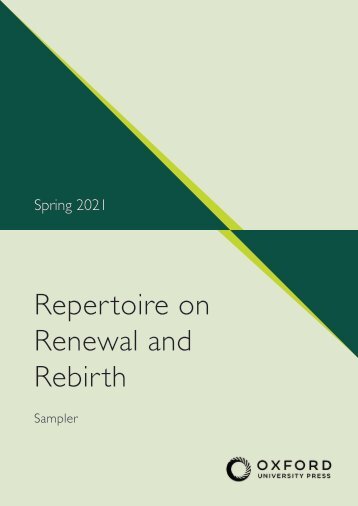
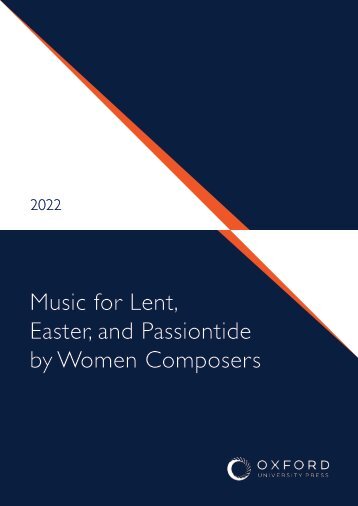
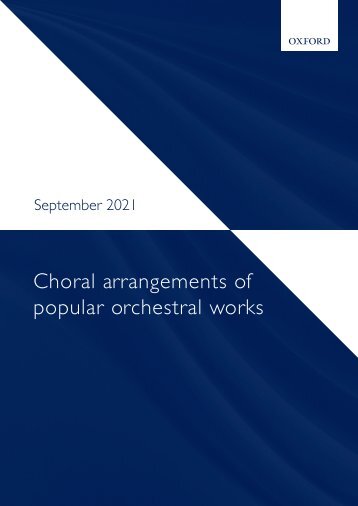
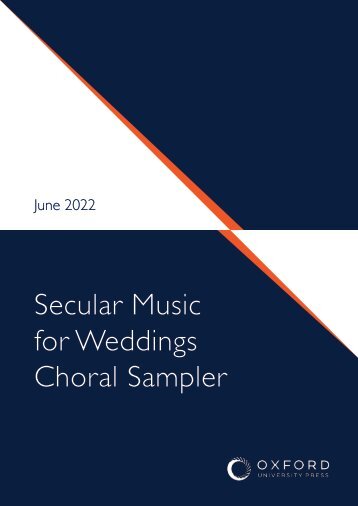

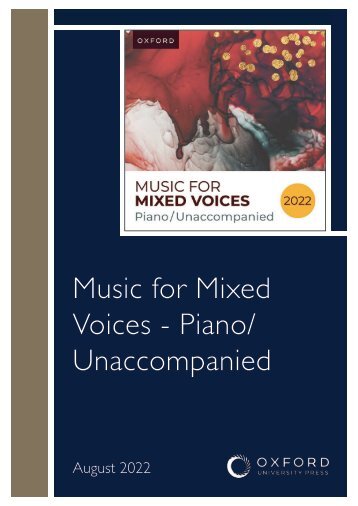
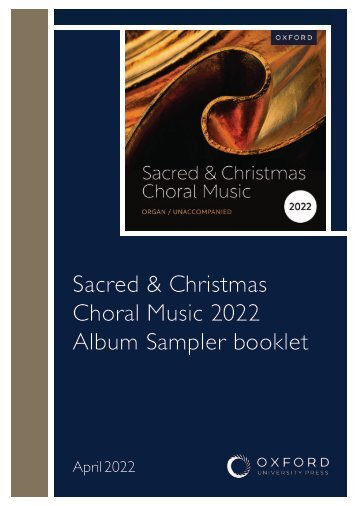
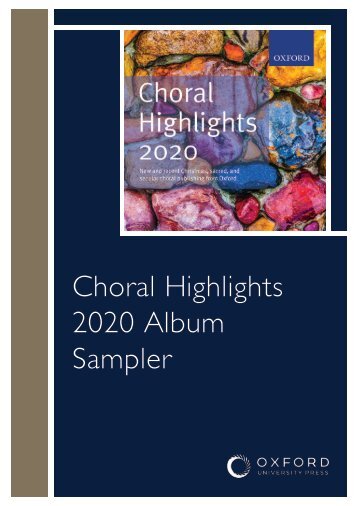
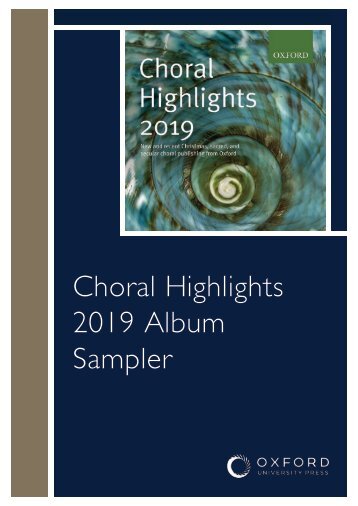
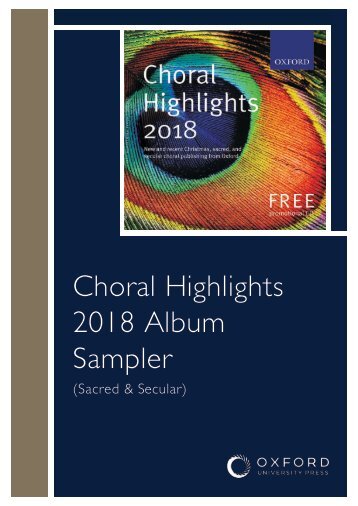

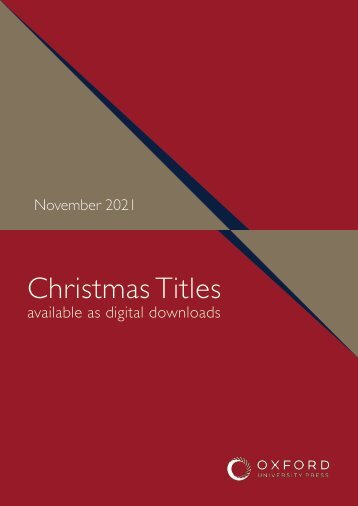
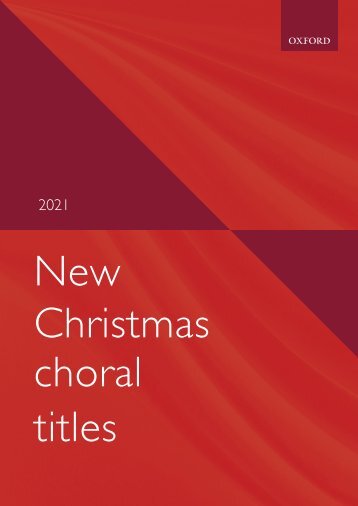
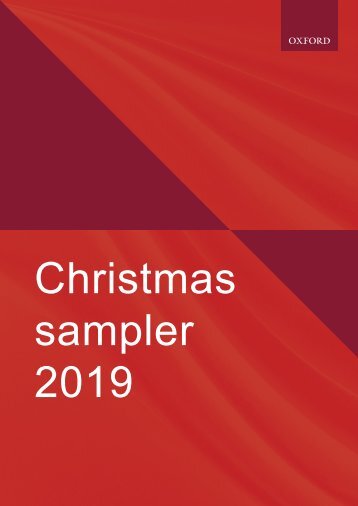
Facebook
Twitter
Email